Samyang V-AF 24mm T1.9 Review
Dustin Abbott
April 20th, 2023
Modern cameras are almost equally as capable as video recording devices as they are at capturing still images, and Samyang (also sold as Rokinon) has launched an interesting new lineup of lenses that are really targeted at that hybrid audience – the V-AF series. Cine lenses are designed around a different set of priorities than typical photography lenses. Uniformity is important, as a setup with gearing, or focus follow, or even the balancing on a gimbal relies on being to swap lenses without a complicated process of rebalancing or setting gearing for a different diameter or location. Often a cine lens maker will have a variety of focal lengths with similar sizes, diameters, and location of the focus and/or aperture rings. But what the modern photographer who is also a videographer, or vice versa? Samyang has recognized that increasingly there isn’t two separate audiences for photography and videography equipment but just one audience, and what this new hybrid audience needs is true hybrid lenses that work equally well for photo and video work. Enter the V-AF (Video Autofocus) lens series that tries to merge the strengths of both style of lenses into one lens/series of lenses. You can see my overview look at the series and its concept here, but I’m also taking a look at each release in the series individually starting with the Samyang V-AF 24mm T1.9.
I gave the Samyang AF 24mm F1.8 lens from their “Tiny Series” a very positive review due to hitting a new high for the series in terms of features and for delivering a strong autofocusing and optical performance. It joined the 45mm and 75mm F1.8 lenses as my personal favorite lenses optically in the series. This new V-AF version ratchets up the usefulness, however, with an improved build quality, smoother autofocus, more advanced weather sealing, and all of the other V-AF perks.
The downsides of the V-AF series is that they are larger and heavier than the “Tiny” counterparts (though still compact and light) and that they cost considerably more, though, to be fair, they come offering a lot more. You can see my general review of the whole series in this video here or by reading this article. That’s true of the V-AF 24mm as well, which is a genuinely useful lens for both video and photography work. (and yes, the lighting was just this dynamic – the shot below has had almost no processing).
As I review each lens in the proposed series I’ll hyperlink it in this guide below for easy access from each review.- Samyang V-AF 20mm T1.9 Review | Image Gallery
- Samyang V-AF 24mm T1.9 Review | Image Gallery
- Samyang V-AF 35mm T1.9 Review | Image Gallery
- Samyang V-AF 45mm T1.9 Review | Image Gallery
- Samyang V-AF 75mm T1.9 Review | Image Gallery
So should you consider the Samyang/Rokinon V-AF 24mm T1.9 for your photography and video work? You can either watch my video review or read to help form that opinion.
Follow Me @ YouTube | Patreon | Instagram | Facebook | DA Merchandise | Flickr | 500px
Thanks to Samyang for sending me review copies of the V-AF series. As always, this is a completely independent review. *The tests and most of the photos that I share as a part of my review cycle have been done with the Sony a7IV along with the Sony Alpha 1 which will serve as my benchmark camera for the foreseeable future (my review here).
Samyang V-AF 24mm Build and Design
I’ll start by detailing the difference in the naming convention here. Photography lenses are designated by their focal length and physical aperture (24mm F1.8, for example), while cine lenses are designated by their focal length and light transmission, which is measured in T-stops (24mm T1.9). A T-stop rating is almost always a bit smaller than the measurement of the physical aperture, as there is always some loss of light due to the glass elements in the lens. A little less light arrives at the sensor than what enters the opening of the physical aperture, which F1.8 here. The fact that the T stop of the V-AF series is T1.9 tells us that these optical designs are actually quite efficient. It’s not unusual for F1.8 lenses to have light transmission of T2 or even a bit smaller. It’s incredibly useful that all of these lenses have a consistent light transmission, as it makes it easier to match footage without having to change settings.
One of the frustrations I’ve had with the Samyang Tiny series is that they continued to evolve and improve over the course of the series, which was great for the newest lenses but made the older lenses seem less attractive. The earliest lenses (18mm and 45mm) were “plastic fantastic”, with a very basic build quality. Extremely lightweight (and with great optics), yes, but no switches or buttons, no weather sealing, etc…. They were plastic lenses with a mediocre focus ring…no more. As new releases came, slow but steady improvements also came. The 75mm added a custom switch that allowed for the ring to be used for different purposes (including aperture), and, if properly programmed, could also serve as an AF/MF switch. The 35mm added weather sealing into the package, and the 24mm added a “focus hold” button. I’ve lamented that the earlier lenses from the series had great optics but not the build quality and features they deserved. The 24mm F1.8 was the best of the bunch in this regard, though the V-AF version is nicer still…and all of the V-AF lenses have a common feature set and identical build quality.
This video looks at the series as a whole and the common design elements:
Whenever you design around one common standard, there are some compromises that must be made. Namely that some lenses end up being bigger or larger in diameter than necessary, but Samyang has arrived at a design that, while larger than the Tiny lenses, is still compact and lightweight while improving the building quality and handling of the lenses. The exterior dimensions and weight are all identical: the lenses are 72.2mm in diameter (2.84″) and have a common 58mm front filter thread. The length of the lenses are 72.1mm (2.84″), or almost identical, which gives these lenses a rather squat profile that looks really good mounted on camera.
They each weigh 280g, or 9.6oz, making them nice and lightweight, though a little bit heavier than any of the Tiny lenses. The 24mm F1.8 was 65 x 71.5mm and weighed 230g, so the new V-AF version is wider around, almost the same length, and weighs 50g more. These V-AF lenses do have more complexity of design and a higher grade of build than the Tiny series, however, so I think that Samyang has done a good job of keeping the size and weight down while also standardizing the series.
Part of that weight comes in the form of a metal accessory mount at the front of the lens. It has a handsome titanium-look finish with Samyang’s signature “hidden red ring” behind that. There is a bayonet style mount on the front of the lens complete with electronic contacts that allows for front-mounted accessories.
The first of those accessories to be released is a manual focus adapter.
You may ask, “why?” since there is already a manual focus ring. The answer lies in the nature of autofocusing lenses on mirrorless. The type of focus system that mirrorless cameras uses relies on “focus by wire”, which means that manual focus input from the ring is actually routed through the focus motor. It’s a manual focus “simulation” rather than a direct connection between the focus ring and the focusing elements. The quality of that focus simulation varies from lens to lens just like the quality of actual manual focus varies. In this case the quality of the manual focus simulation is actually quite good, with 300° of linear rotation (which means precise and repeatable focus pulls are possible), and with a nice level of damping that produces smooth, precise results, though with a tiny bit of lag between input on the ring and movement of the elements.
But what you don’t get is hard stops or precise distance markings, two things that are often very important when doing video focus pulls. This manual focus accessory gives you both, with hard mechanical stops at both ends of the focus range along with frequent and precise distance markings shown in both meters and feet. Mounted on the 24mm you still get the 300° of rotation, though now with hard stops and with distance markings.
The manual focus adapter replicates the tally lamp on the front of the lens so that you don’t lose that forward facing ability to monitor recording status. It is also compatible with a 95mm matte box, which would allow you to then use square filters up front for even more flexibility.
It is very easy to mount. Just line up the electronic contacts on the MF adapter with those on the front of the lens and push into place. There is a locking lever on the side that firmly locks it into place, leaving no wobble behind. When mounted and locked the adapter feels like a natural part of the lens and gives the lenses a profile similar to a wide angle prime.
Samyang plans to have a lineup of other accessories available in the future, but at the time of this review only the manual focus adapter is announced.
The manual focus adapter mirrors another V-AF feature, and that is a tally lamp which shows you recording status. There are actually two tally lamps on each lens: one on the front to be seen by the subject and a second on the side near the lens mount to be seen by the videographer.
The standard is for these LEDs to be green (standby) and red (recording), though you can change those colors by using the Samyang Lens Station (all of these lenses are compatible with it) and the free Lens Manager software.
You very quickly get accustomed to having the visual cue of the tally lamp. I recorded a video segment for this review with another lens as I had all of the V-AF lenses on camera, and I missed that little visual reminder that recording was active as I looking into the camera.
You can also tweak the behavior of the focus ring, determine what each of the two custom switch positions do (my personal choice is Aperture Control in Mode 1 and Manual Focus in Mode 2), and do firmware updates (here’s a quick video on how to do those firmware updates):
The unique front bayonet design for accessories precludes the inclusion of a lens hood, so you’ll have to use these lenses without a hood. The front element on all of them (thus far) is a bit recessed, so there is some protection for the front element right in the lens design.
As noted above, all of these V-AF lenses sport a two position custom switch and a focus hold button. The custom switch can be programmed via the Lens Station, while the function of the focus hold button is set within the camera just like any other lens on Sony.
Each of the V-AF lenses sports a nice weather sealed design with a total of six seal points, including the front and rear elements, on either side of the focus ring, and at the custom switch and focus hold buttons. Here’s a look at the diagram that shows these seal points.
I shot with all of them quite extensively around Niagara Falls over a week where I took some of my family there. When you are close to the falls it is essentially like constantly being in a light rain because of all the mist. I had to clean off the front element a number of times (as you can see from this shot from the 24mm below, which still manages to look pretty cool!), but the lenses showed no negative impact from the moisture. They are all internally focusing as well, which means that there is even less chance of dust or moisture intrusion.
All of them also sport a similar 9 bladed aperture iris which does a good if not exceptional job of maintaining a circular shape when the aperture is closed down.
You can see the geometry of the specular bokeh highlights at aperture settings of F1.8, 2.8, and 4 that you can see bit of the blade shape fairly early on as the blades are straight, not curved.
I will note that you can control the aperture via the focus ring if you move to that setting via the custom switch. There are no preset “clicks”, so in theory the aperture works like a declicked aperture. It is still a manual input that is translated into an electrical input that moves the aperture iris control (not a direct mechanical coupling), so doing aperture racks is an area where the V-AF lenses a little short of a fully mechanical cine lens. Samyang has cleverly differentiated the nature of aperture control between stills (where the ring acts a little more like it is “clicked”) and during video recording, where the aperture control is smoother and with less visible steps, allowing for slightly smoother aperture racking than the typical autofocus lens.
These lenses all look and handle pretty much identically. I was impressed with the consistency of design across the various manual focus rings, which performed very similarly. The lens cap is a little different than normal, as the front bayonet setting means that these need a cap that goes over the outside of the barrel (a 70mm diameter) rather than a traditional pinch cap. There is a little cutout on each side of the lens cap, and I would recommend aligning that with the lens designation on both sides of the barrel as it one of the few visual cues that will allow you to tell these lenses apart if you have multiple lenses.
The only real handling difference is that each lens has a unique minimum focus distances and maximum magnification. This chart breaks down the difference in the focusing distance across each lens with the exception of the 20mm F1.8, it is still under development and Samyang has not released the details on its individual performance yet.
The chart above does not include the maximum magnification for each lens, but we can glean that information (mostly) from the performance of each lens’ “Tiny” counterpart. In the case of the V-AF 24mm, that means that maximum magnification should be 0.21x. Here’s a look at what the magnification from the V-AF 24mm looks like:
Another are that will vary from lens to lens is the amount of focus breathing. The amount of breathing on the 20mm is not yet mentioned, but the rest of the lenses in the series follow a linear progression with the 24mm having the least amount of breathing (almost non-existent at 0.7%) and the 75mm having the most amount of breathing (a significant 11.7%). As third party lenses the V-AF lenses will not be compatible with Sony’s Focus Breathing Compensation that has begun to show up in their most recent cameras. This could change, of course, but I know from Sony briefings that they do tout this as an advantage for their first party lenses, so it may be unlikely to change. There’s no real need for it with the 24mm, however, as it has only 0.7% of focus breathing, which is basically nothing!
I’ve really enjoyed spending time with the V-AF lenses. I’ve long been a fan of the excellent optics in the Tiny series (many of them lenses with real “personality”), and those optics are now getting the kind of build quality and feature set that they deserve. The only potential fly in the ointment here is that the Tiny series has always been a tremendous value, but the V-AF lenses are a little more expensive. MSRP is $699 for the series, though they are already selling at the $650 price point at retail. At the same time, these are unique lenses with a lot of real strengths, and for cine lenses (which tend to be more expensive) the price point is quite reasonable.
Autofocus and General Performance
Samyang is still a relatively young autofocus developer, and they started releasing the Tiny series very early in that cycle. Autofocus performance grew steadily better in the early lenses via firmware, and later lenses in the series showed growing maturity. Some of the early lenses in the series are on firmware 6 and even 7 (18mm F2.8), which shows two things, one good, and one bad. The good news is that Samyang has showed a commitment to support and improve their lenses over time via firmware. The bad news is that those lenses have clearly needed tweaking over time. As a lens reviewer for over a decade now, I’ve learned that there is a direct correlation between the amount of power in a focus system and the accuracy it is able to achieve. It’s not just the amount of power needed to start the focus group moving, but also the power and control needed to quickly stop that movement at the perfect spot to achieve accurate focus without pulsing or settling. Samyang has developed a smooth quiet linear focus motor that is quite refined, and frankly it works better in these smaller aperture lenses than it does in their bigger F1.4 lenses.
Sony often employs multiple focus motors in tandem (even quad configurations) to provide enough force to move even the larger and heavier elements with speed, finesse, and quietness. I think that is the next level for Samyang to aspire to, but that’s less of an issue with these smaller lenses. Focus speed in AF-C mode for stills is near instantaneous for the shorter focal lengths, with the 75mm just a tiny bit slower but still fast enough for basically any application. I haven’t seen any focus pulsing or settling; just quick and accurate focus. This photo at F1.8 of my daughter at Niagara Falls is perfectly focused despite blowing wind, mist in the air, and even water getting on the front element from the nearby falls.
I shot a video sequence at the same time, and the AF did a great job of staying on her as both she and I moved around.24mm is not a particularly demanding focal length for autofocus, so from my experience with the longer focal lengths I anticipate no issues with tracking action with the V-AF 24mm. Depth of field will be fairly deep most of the time even at F1.8, so expect well focused results even if the action is moving at a good speed.
On the video front the tuning for the focus motor is a nice balance between speed and smoothness. Focus pulls on my a7IV (with focus transition speed set at 5 – about halfway) was fairly quick and nice and smooth. You don’t want video focus pulls to be abrupt, so this tuning seems pretty good to me. There can be a split-second “settling” at the end of the pull where final focus is fine-tuned, but it is such a small and discrete movement that I almost missed it. Focus breathing is so minimal that focus changes are even less obvious.
Eye AF tracking was excellent for both stills and videos. I’ve used several of the V-AF lenses for video episodes where I was in front of the camera and got steady, reliable results without any pulses away from my eyes. I’ve been behind the camera for a variety of video and photography shots, and seen good stickiness on the eye and reliable tracking.
Cine lenses typically employ a long focus throw to allow for precision in focus and smoothness in focus pulls. That’s true here, as the V-AF lenses have 300° of focus rotation (though that can be tweaked via the Lens Station). I found them to be fun to do manual focus pulls with, as the focus ring moves precisely and smoothly, allowing for some great looking pulls. 300° is a long rotation if you are just using your hands, however, and you can’t do that whole throw in one rotation. If you want to rack from minimum to infinity you are going to get better results by either using autofocus or some type of gearing.
The focus ring is linear, which means that it is not speed-dependent. Your finish point will remain constant whether you are focusing quickly or slowly, which allows for repeatable results. Without the manual focus attachment, however, you won’t have any distance markings or hard stops, so you will have to mark your own marks with tape or something similar if needed.
That being said, the V-AF lenses are a lot of fun to do pulls with. I found that I could get very smooth pulls with the 24mm, and it was easy to vary the speed of the pull when doing a manual pull in a way that you can’t do with an autofocus pull. In short, the V-AF series fulfills its purpose of providing true hybrid lenses that can function for both stills and video. You’ve got quality autofocus and also quality manual focus that only improves if you use the manual focus attachment to give a more organic process.
Samyang V-AF 24mm Optical Performance
The “Tiny” series always impressed me for punching above their weight (and price!) optically. None of them are Sony G-Master level performers, but I’ve found that most of the lenses in the series have a lot of character along with having very strong sharpness. The optical standouts (for me) have been the 45mm and 75mm lenses, which I think have really lovely rendering. I’ve had dozens of anecdotal reports from people who have bought these lenses on my recommendation and give me glowing feedback on how much they enjoy the images these lenses produce. I thought the 24mm was very good, too, for a wide angle lens, and I’ve already gotten some amazing images with this new V-AF version.
One of Samyang’s priorities in the V-AF series is a standardized color balance across all of these lenses. Early Samyang lenses had a reputation for being fairly warm in their rendering. That could be pleasing in some situations, but made them difficult to pair with other lenses if you were looking for a consistent color balance. I’ve noticed that Samyang’s lenses have become increasingly color neutral over time, however, which means that the color rendering is increasingly accurate. I have a feeling that the quality of their optical glass has improved.
They are also drawing from a lot of experience with cine lenses now, including their premium XEEN lineup of cine lenses. Color consistency is very important for cine lenses, as you want the footage to match as you change lenses so that your final project looks comprehensive rather than patchwork. All of the V-AF lenses comply with Samyang’s CCI (Color Contribution Index) standard so that you get consistent color across them.
I tested this for myself by setting up a Datacolor Spydercheckr color palette along with the cover of a great portrait book as a subject. I then set the camera’s white balance at a constant 5000K to match the color temperature of the lights that I was using. I used the 24mm, 35mm, and 75mm in sequence, making changes to the position of the tripod to standardize framing as much as possible. When going through the videos in sequence I did feel that the color balance was very similar across them. It’s a little harder to illustrate in a text review, but here are screenshots from each video (24mm, 35mm, then 75mm).
There are optical strengths and weaknesses to each unique optical design, obviously, but I did feel that the three lenses I had to test worked nicely as a comprehensive optical package. Footage looked detailed, had great color, and did match nicely across different focal lengths even using typical auto white balance. Here’s a screenshot from a clip taken with the 24mm T1.9:
I ran the V-AF 24mm through my typical battery of tests, starting with testing vignette and distortion. I found a similar story to what I saw with the 24mm F1.8 lens, with a mild quantity of barrel distortion though with a slight wave (mustache) pattern to it.
Manually correcting that distortion takes a +3, though you can see that a manual correction doesn’t result in a perfectly linear result. There isn’t an automatic correction profile in Lightroom, though I did find that the profile for the Samyang 24mm F2.8 worked quite well. There is roughly two stops of vignette as well at F1.8, and I corrected that by adding a value of +65 and moving the midpoint over to zero.
Real world geometry looks fairly good; there isn’t enough distortion to really show up in images.
The V-AF 24mm isn’t exempt from Longitudinal Chromatic Aberrations (LoCA). You can see it mostly as some green fringing in the bokeh highlights after the plane of focus in this screenshot from a video clip:
It’s nothing extreme, but you will see it in some particularly demanding situations like this.
It’s not unusual for wide angle lenses to suffer from Lateral Chromatic Aberrations (LaCA), but that doesn’t seem to be an issue here:
I test sharpness and contrast on a 50MP Sony Alpha 1 and examine results at nearly 200% to really expose strengths and weaknesses. Here’s a look at my test chart:
Here are crops at F1.8 from across the frame (center, mid-frame, and extreme corner).
Center performance is excellent, mid-frame is very good, and there is some drop-off in the extreme corners. There is enough sharpness there to even capture landscape type images at F1.8:
Images at closer focus distances show good detail in the area of focus.
Stopping down to F2 provides a very mild contrast boost, but no magic pill. Stopping down to F2.8 gives another minor boost, though I see a biggest jump from F2.8 to F4. It’s at F4 that the corners get really sharp, and detail across the frame is excellent.
At typical landscape apertures (F4-F8) the V-AF 24mm is extremely sharp across the frame. Here’s a real world image at F5.6:
Here’s a nice forest monochrome:
Samyang claims these V-AF lenses are all designed for 8K capture, and I think that’s reasonable. My footage with the V-AF 24mm looks nicely detailed, and the good attention to color is a huge asset. In some ways many cinematographers are less fixated on pure resolution than their photographer equivalents. At the same time, I think there is plenty of resolution in the V-AF 24mm to satisfy both audiences. Here’s an unedited screenshot from a video clip taken with the 24mm.
I shot that clip specifically to capture the nice light pouring through the hotel bar window, so if I scrub along the clip a little further you can see the nice sunburst effect and the nice cinematic color.
Here’s a photo taken with the V-AF 24mm that also shows off the nice sunstar.
Here’s a few more images that show nice flare resistance despite the lens not having a lens hood:
I found that the 24mm F1.8 sported pretty decent bokeh for a wide angle prime, and obviously that remains true here. It isn’t going to melt backgrounds like a longer focal length, but overall the quality of the background blur is fairly good.
In some shots I could see a little more outlining than what I would like, but there’s not a lot to complain about overall.
The Tiny version of this lens (24mm F1.8) had some astrophotography specific features (a way to automatically focus to infinity for shooting stars), but that doesn’t make the transition here. But since the optics are shared with that lens, the new V-AF version will continue to be a nice option for shooting the night sky. There is a little bit of comatic aberration near the edges, but it is fairly well controlled.
In cinematography there isn’t a lot of room for shooting stars (typically that will be handled more via timelapse), but the good coma control did allow for the ability to shoot dynamic nighttime images or footage without worrying about obvious coma smear in the corners.
A big deal here is the color rendition, which is very nice. Colors look great whether shooting a simple subject:
…or a fabulous one.
I got a lot of fabulous images and footage with the V-AF 24mm.
Each of these lenses is strong enough optically that I think that most photographers or cinematographers would be very happy with them, and to get better performance you’ll likely need to spend significantly more money. You can get a better sense of the optical performance of each individual lens by either checking out their individual reviews or going to the unique image gallery for each lens (they will be hyperlinked below as they become available, so you might want to bookmark this page to come back and check).
- Samyang V-AF 20mm T1.9 Gallery
- Samyang V-AF 24mm T1.9 Gallery
- Samyang V-AF 35mm T1.9 Gallery
- Samyang V-AF 45mm T1.9 Gallery
- Samyang V-AF 75mm T1.9 Gallery
Conclusion
The Samyang V-AF series was an unexpected (but pleasurable) surprise for me. I review so many lenses that I’m often aware of the “sameness” of so many lenses, so I’m always happy when a lens maker does something new and unique. I’m even happier when they do it well, and I do think that Samyang has accomplished that here. They have accurately assessed the changing market and recognize that many people that do both stills and video with their cameras might not be ready to go all in on fully manual (and often large and expensive) cine lenses, so the V-AF series does a great job of straddling those two separate needs without any fatal compromises. The Samyang V-AF 24mm T1.9 will undoubtedly be a very popular choice for many due to the wide focal length. This focal length (and lightweight lens) works great on a gimbal, for vlogging, or even on a drone. And it can take some pretty amazing photos, too!
The V-AF 24mm delivers stellar autofocus, has a great set of features that are standardized across the whole series of lenses, and has beautiful optics.
I would say that the biggest question for potential buyers is to determine whether or not they need the V-AF versions of the lenses. There’s no question that the V-AF versions are superior: better build, better features, more mature AF, more consistent color, etc… But they are also larger, heavier, and more expensive than their “Tiny” counterparts. If you are just going to shoot stills and maybe an occasional video clip, the Samyang AF 24mm F1.8 probably offers better bang for the buck…particularly considering that as the final release in the Tiny series it benefitted from having the most features and development. But if you could benefit from the actual cine strengths of these lenses (and in particular if you plan to buy more than one in the series), then I think there are a lot of compelling reasons to consider these lenses. Their value as cine lenses is much higher than just as stills lenses, though they are extremely capable photography lenses as well, which makes them more versatile than pure cine lenses. The Samyang V-AF lenses are a great match for the modern hybrid photographer – true little “jack-of-all-trades” lenses that are a genuine pleasure to use.
In many ways the V-AF lenses make the most sense if you plan to buy more than one of them, as having a common design and dimensions is only an advantage if you are using multiple lenses. It would probably be wise of Samyang to sell them as a kit in the future. They could discount the price compared to buying the lenses individually and maybe throw in a nice hard case for storing all of the lenses. I have one piece of advice for Samyang if they did that: make room for a camera body in the case. Most of Sony’s full frame cameras are very similar in size, so it would be easy to include a spot for a camera to fit in, allowing you to pack out a whole kit in one case.
The Samyang V-AF series is a LOT of fun and I can say personally that they actually have encouraged me to think a little more in the medium of video. I’m heavily weighted towards the photography side of the equation, but these sweet little lenses have made me want to switch that dial more often and grab video footage alongside my still images. That’s a win for Samyang…and a win for me.
Pros:
- Standardized size and features
- Nicely damped focus ring with 300° of rotation
- 6 weather sealing points
- Good features and general handling
- Fast, quiet, and accurate autofocus from Linear STM
- Good balance of size, weight, and build
- Consistent color across series
- Innovative front accessory mount
- New manual focus accessory works very nicely
- Dual tally lamps are useful
- Good handling of flare
- Good coma performance
Cons:
- Aperture racking does not replicate cine lens performance
- V-AF lenses considerably more expensive than their “Tiny” counterparts
- A bit of barrel distortion
- Saw some color fringing in some clips
Purchase the Samyang V-AF 24mm T1.9 @ B&H Photo | Adorama | Amazon | Amazon Canada | Amazon UK | Amazon Germany | Ebay
Purchase the Samyang V-AF 35mm T1.9 @ B&H Photo | Adorama | Amazon | Amazon Canada | Amazon UK | Amazon Germany | Ebay
Purchase the Samyang V-AF 75mm T1.9 @ B&H Photo | Adorama | Amazon | Amazon Canada | Amazon UK | Amazon Germany | Ebay
Purchase the Samyang Lens Station @ B&H Photo | Adorama | Amazon | Amazon Canada | Amazon UK | Amazon Germany | Ebay
Purchase the Sony a7RV @ B&H Photo | Amazon | Camera Canada | Amazon Canada | Amazon UK
Purchase the Sony a7IV @ B&H Photo | Amazon | Camera Canada | Amazon Canada | Amazon UK | Amazon Germany
Purchase the Sony Alpha 1 @ Camera Canada | B&H Photo | Amazon | Amazon Canada | Amazon UK | Amazon Germany | Ebay
Purchase a Sony a9M2 @ B&H Photo | Amazon | Camera Canada | Amazon Canada | Amazon UK | Amazon Germany | Ebay
Want to support this channel? Use these affiliate links to shop at: B&H Photo | Amazon | | Camera Canada | Ebay | Make a donation via Paypal
Buy DA Merchandise https://bit.ly/TWIMerch
Peak Design Leash Strap: Peak Design Store | B&H Photo | Amazon | Amazon Canada | Amazon UK
Adobe Photoshop Creative Cloud 1-Year Subscription
Get a discount off all Skylum Editing Software (Luminar, Aurora HDR, AirMagic) by using code DUSTINHDR at checkout:
Visit Dustin’s Amazon Storefront and see his favorite gear
Purchasing your gear through B&H and these links helps fund this website and keeps the articles coming. You can also make a donation here if you would like. Visit my Amazon page for some of my gear of choice! Thank you for your support.
Purchasing your gear through B&H and these links helps fund this website and keeps the articles coming. You can also make a donation here if you would like. Visit my Amazon page for some of my gear of choice! Thank you for your support.
Receive a 5% discount on all purchases at Amplis Foto, Canada’s Leading Photographic Supplier. Please enter discount code: AMPLIS52018DA in your cart. It is good for everything in your cart, and is stackable with other coupons, too! It will take 5% off your entire order! Proceeds go towards keeping this site going and providing you with new reviews!
Use Code “DUSTINHDR” to get $10 off ($15 CDN) any Skylum product: Luminar, Aurora, or AirMagic
Keywords: V-AF, Samyang, Rokinon, 20mm, 24mm, Samyang V-AF 24mm Review, V-AF 24mm T1.9, 35mm, 45mm, 75mm, T1.9, Samyang V-AF review, Review, Telephoto, Action, Tracking, Hands On, Dustin Abbott, Real World, Comparison, Sharpness, Bokeh, Flare Resistance, Autofocus, Image Quality, Sample Images, Video, Photography, Niagara Falls, Sony a9, sony a7RV, Sony a7R 5, sony a7IV, a9II, Sony Alpha 1, Sony A1 let the light in, #letthelightin
DISCLAIMER: This article and description contains affiliate links, which means that if you click on one of the product links, I’ll receive a small commission. As an Amazon Associate I earn from qualifying purchases.










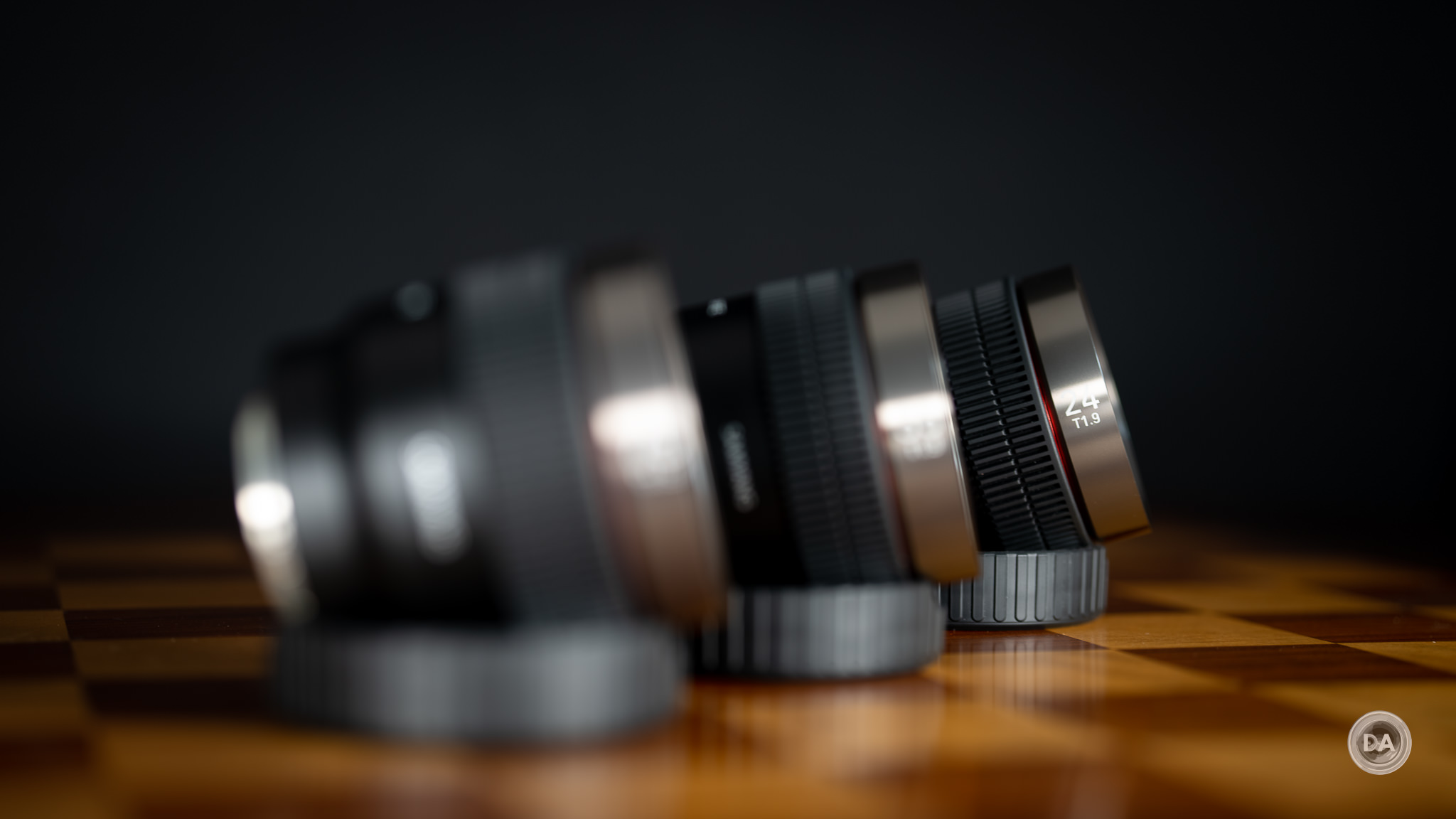
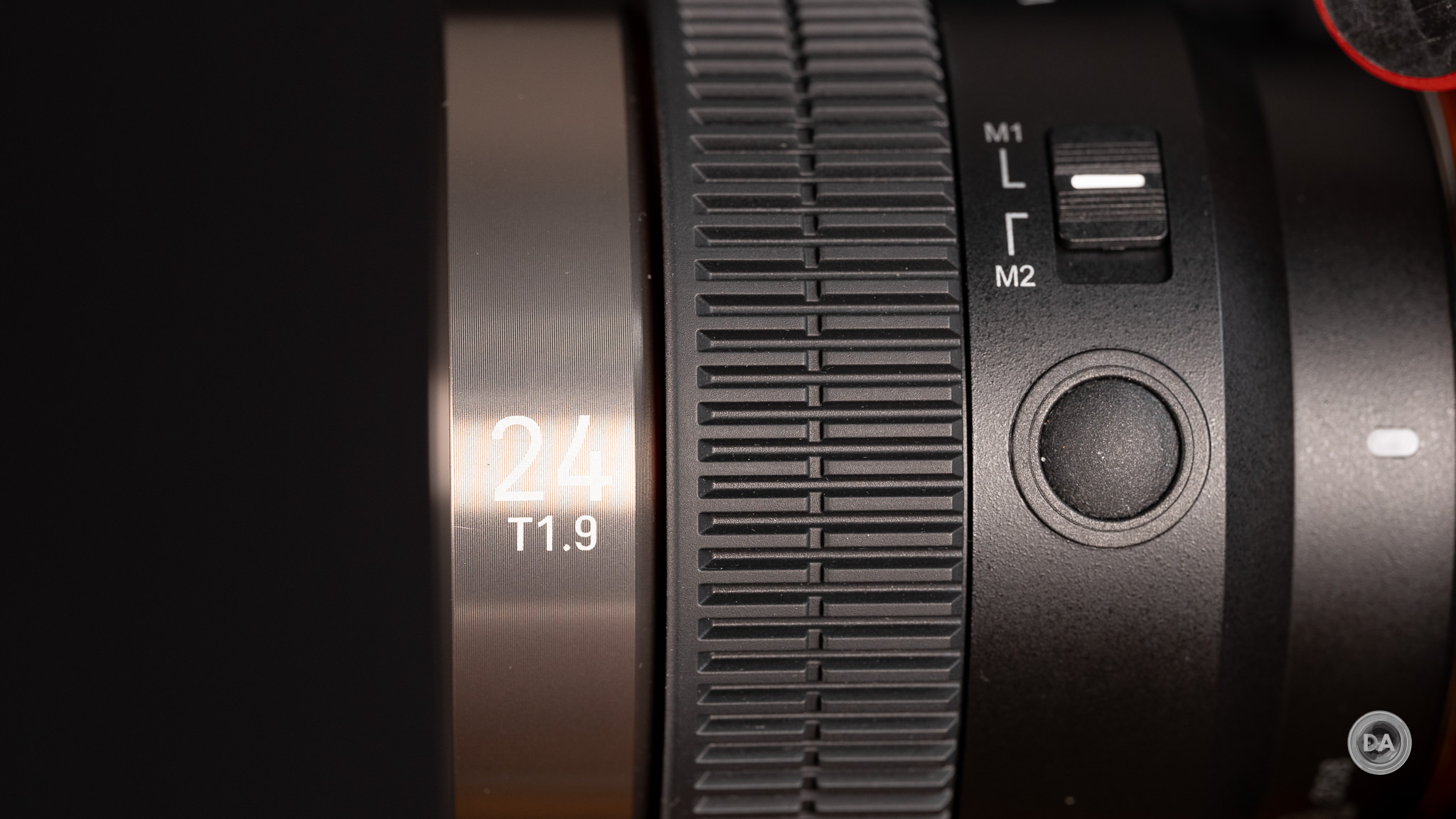

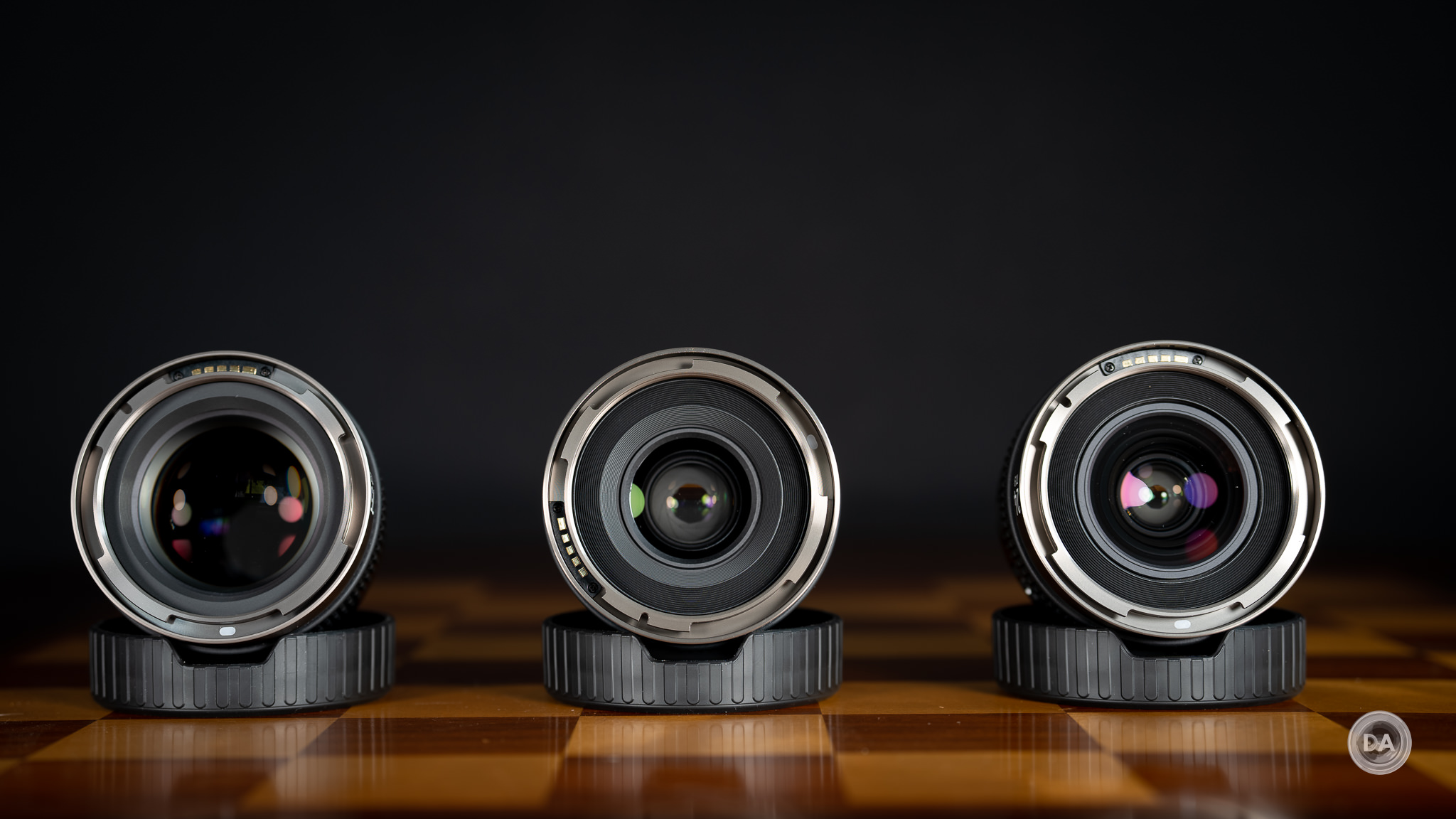
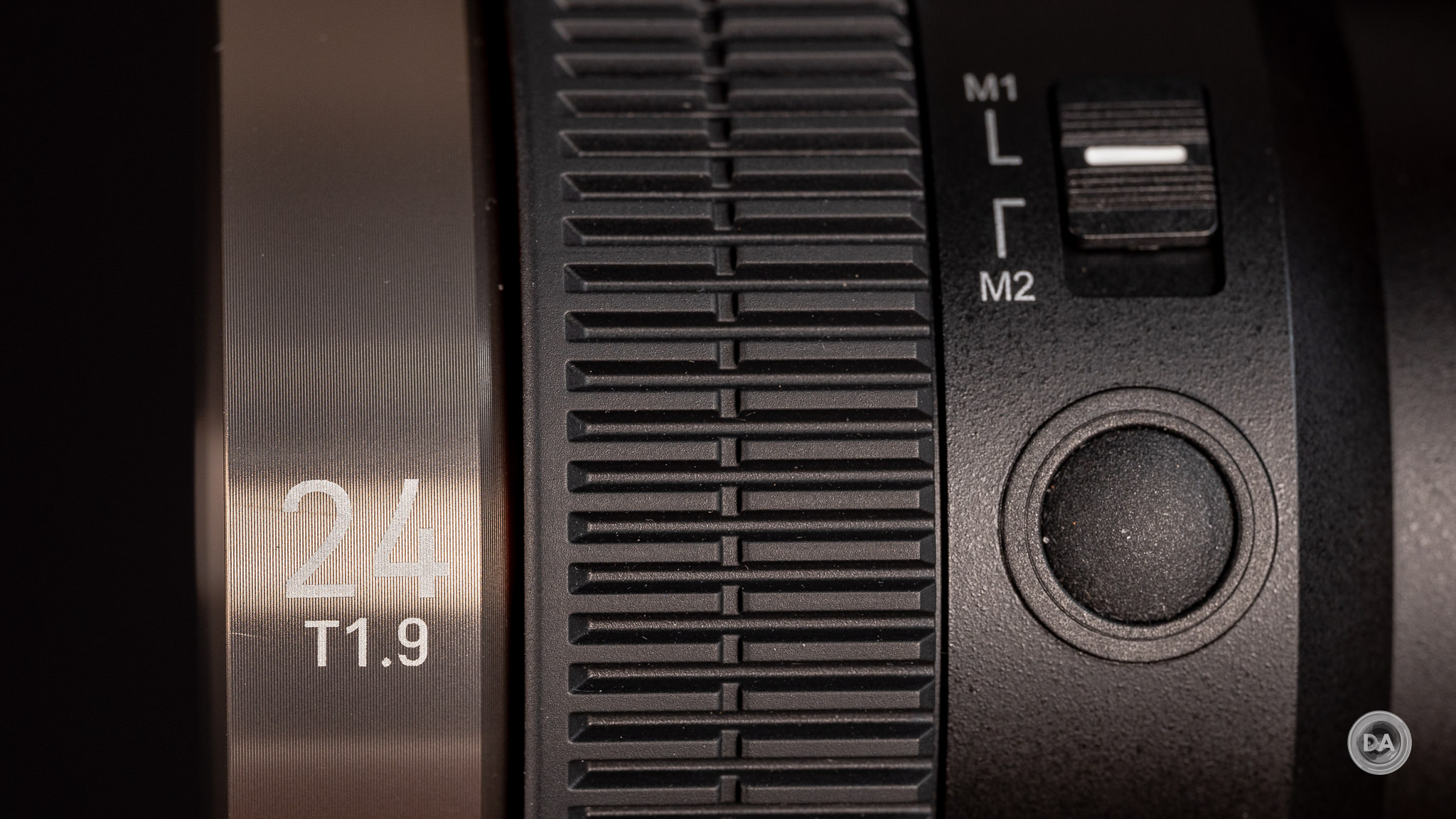
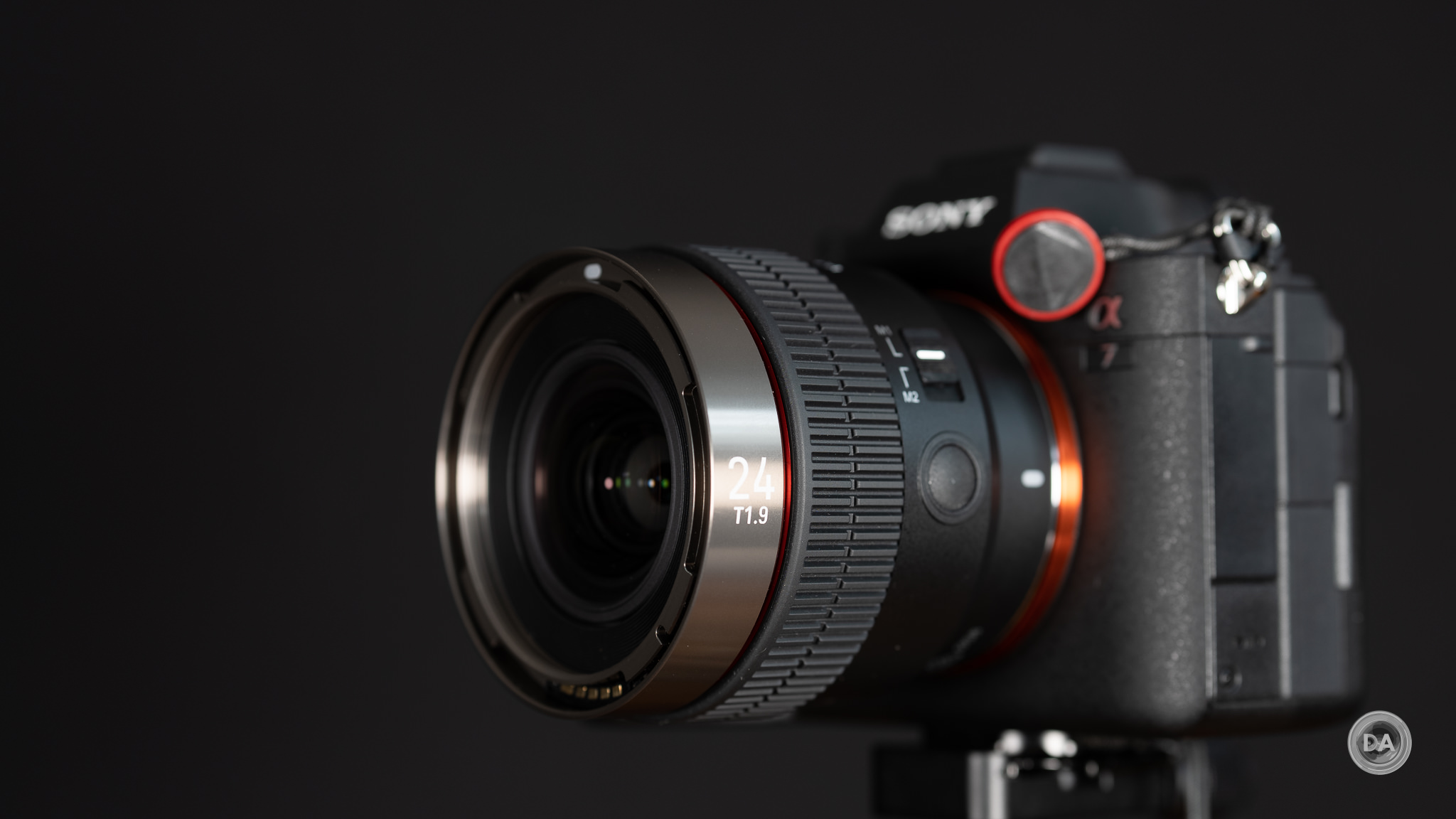
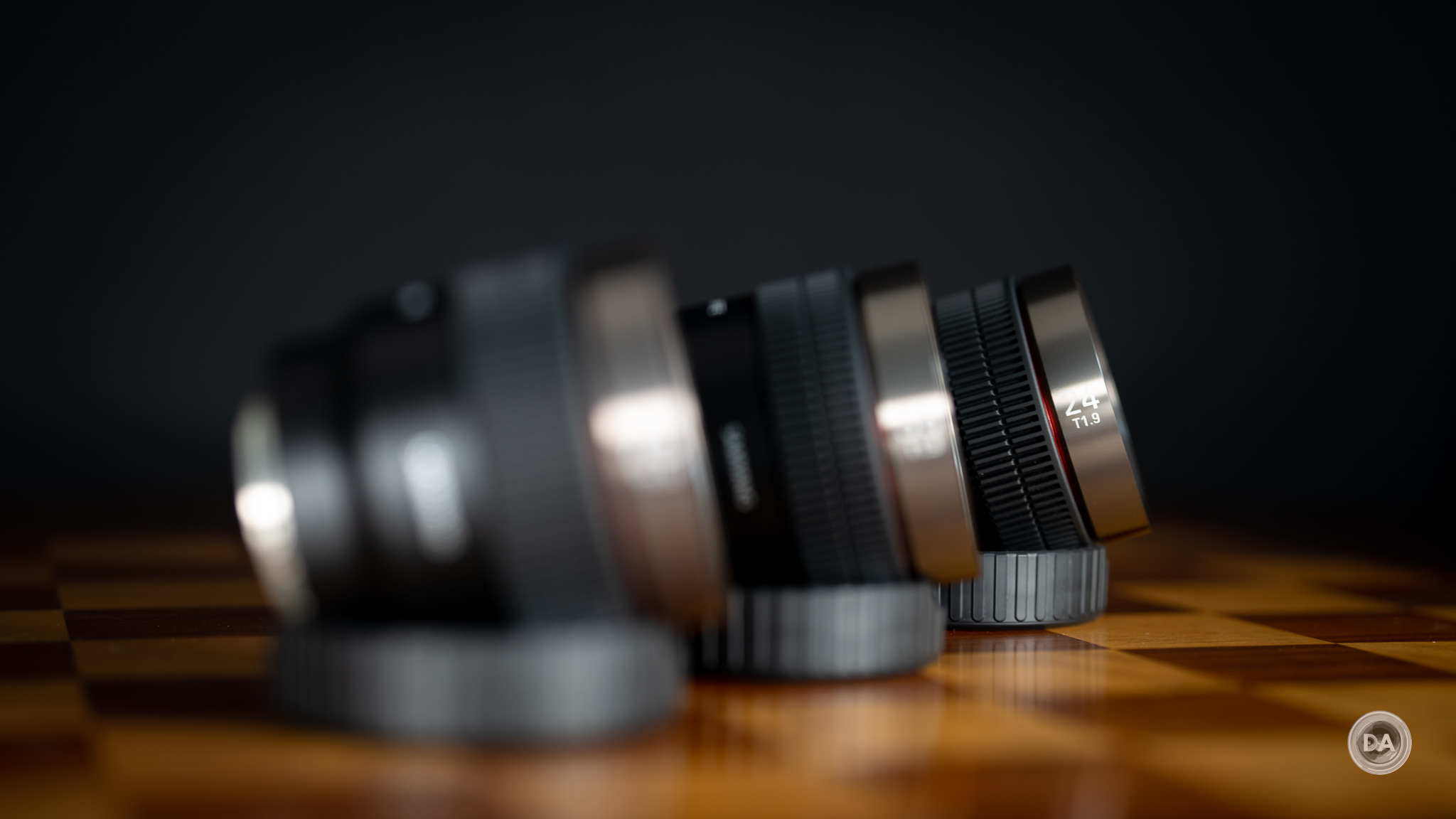
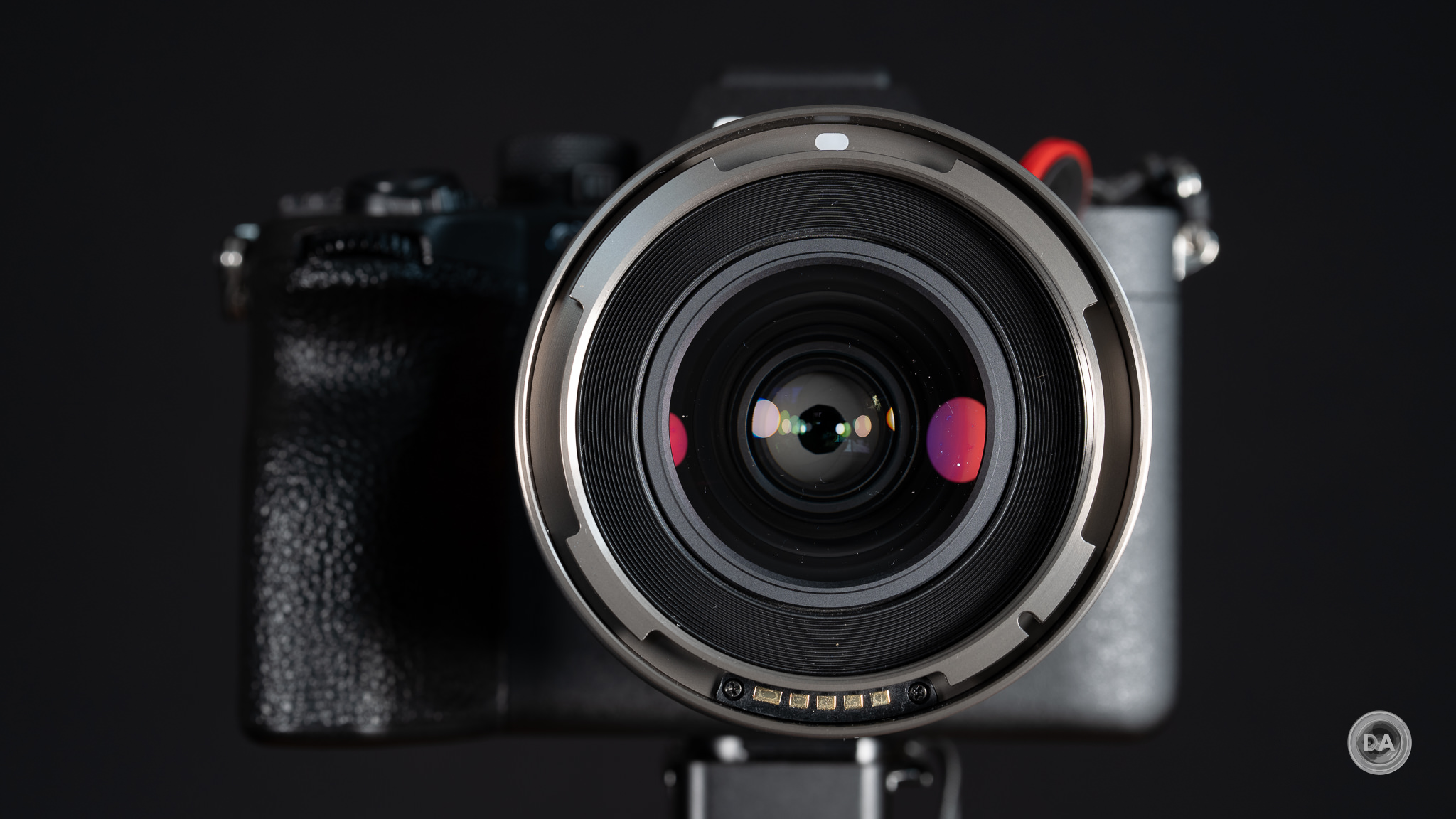
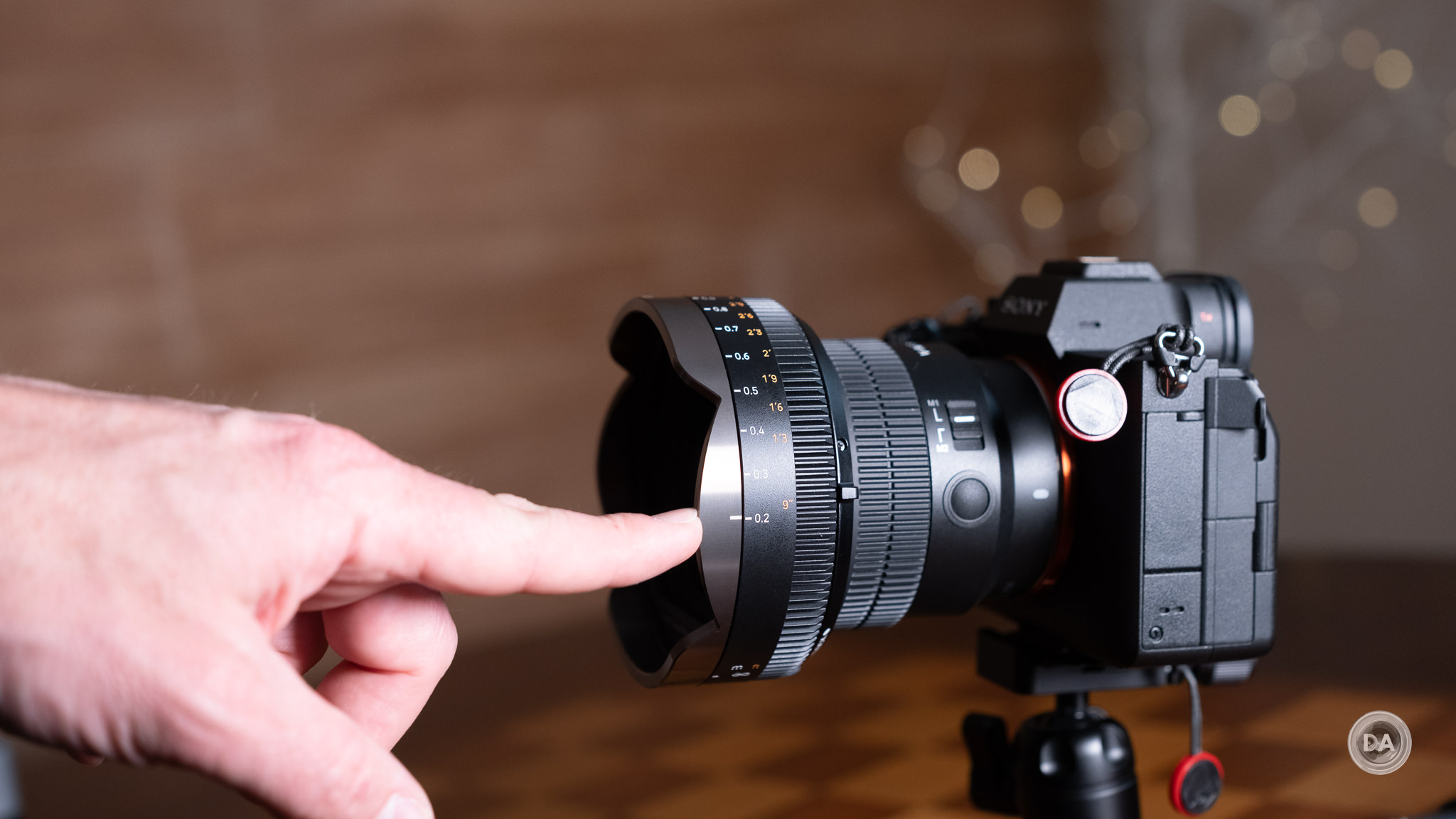
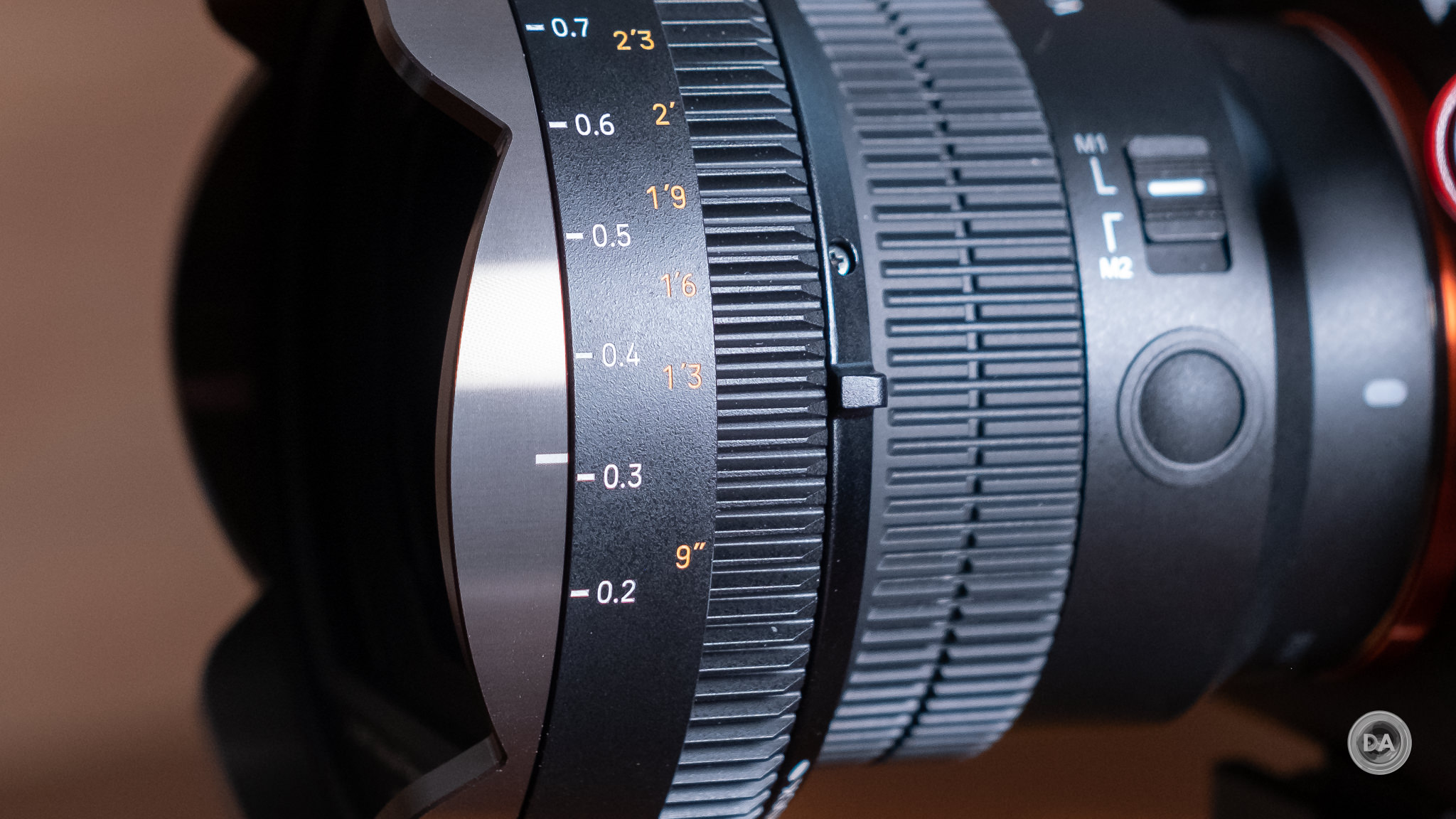
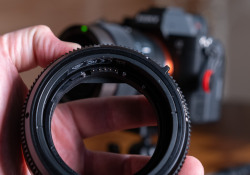
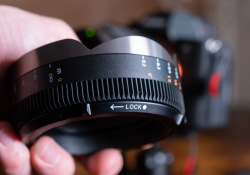
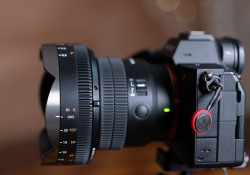
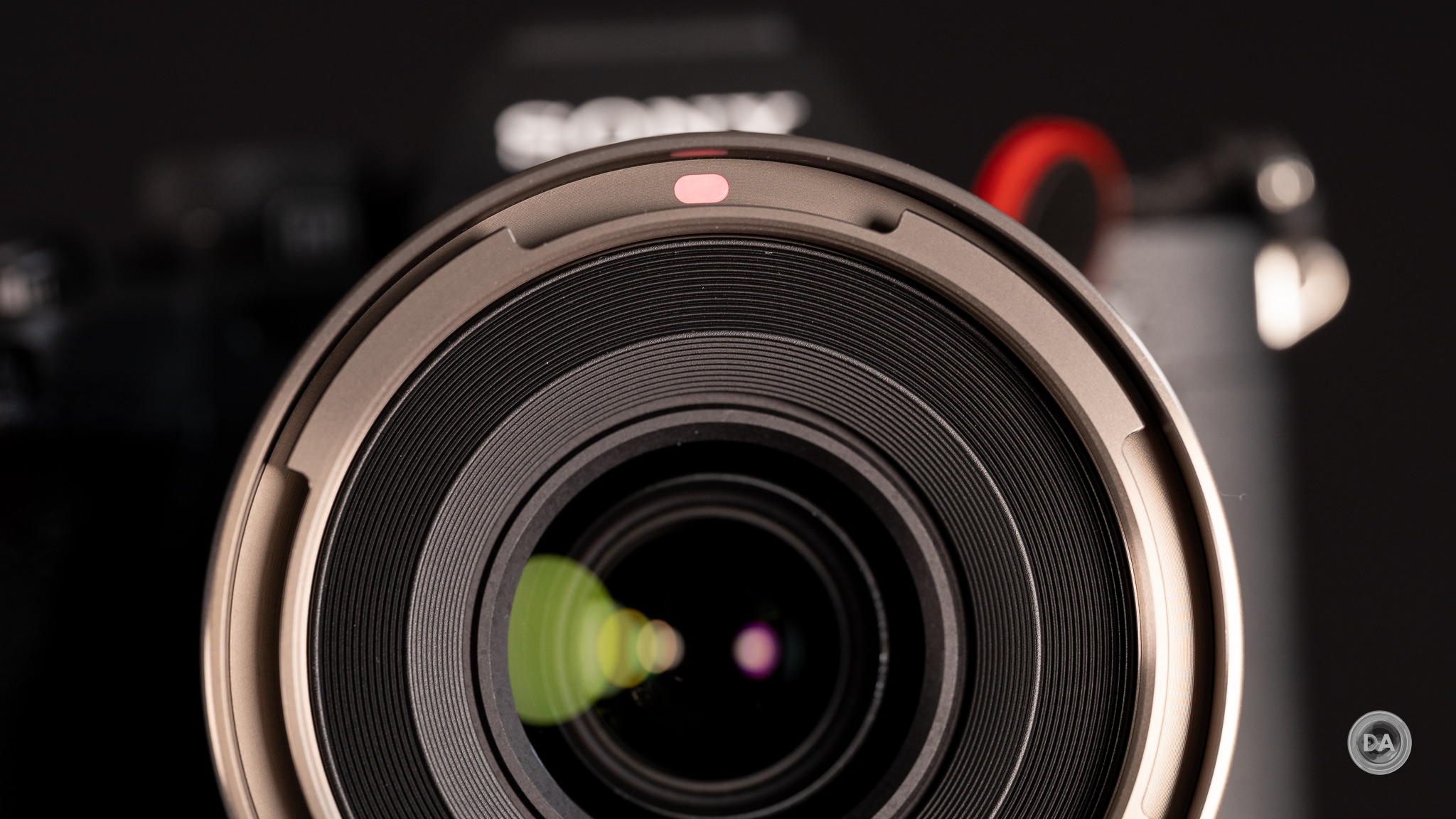
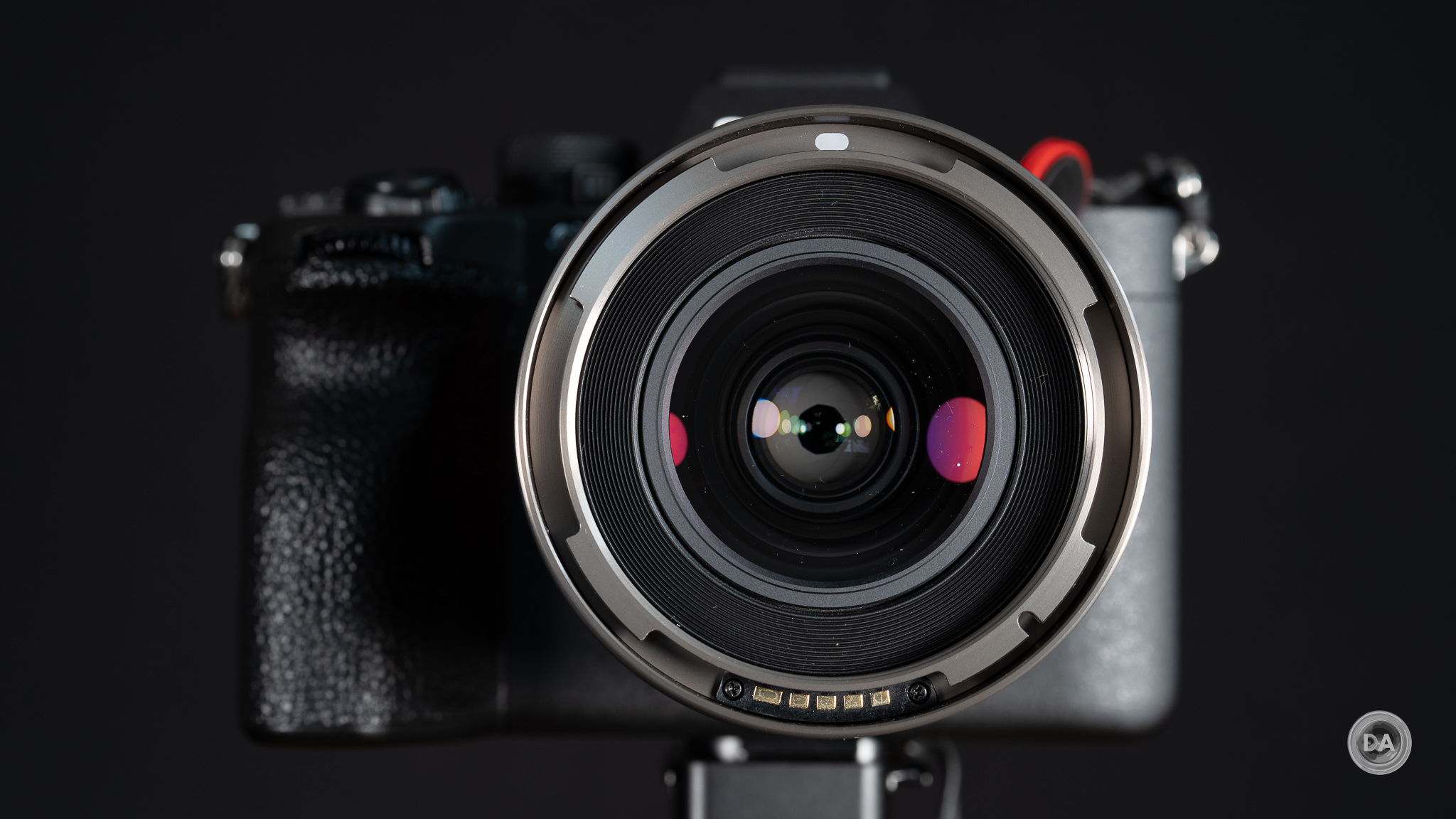
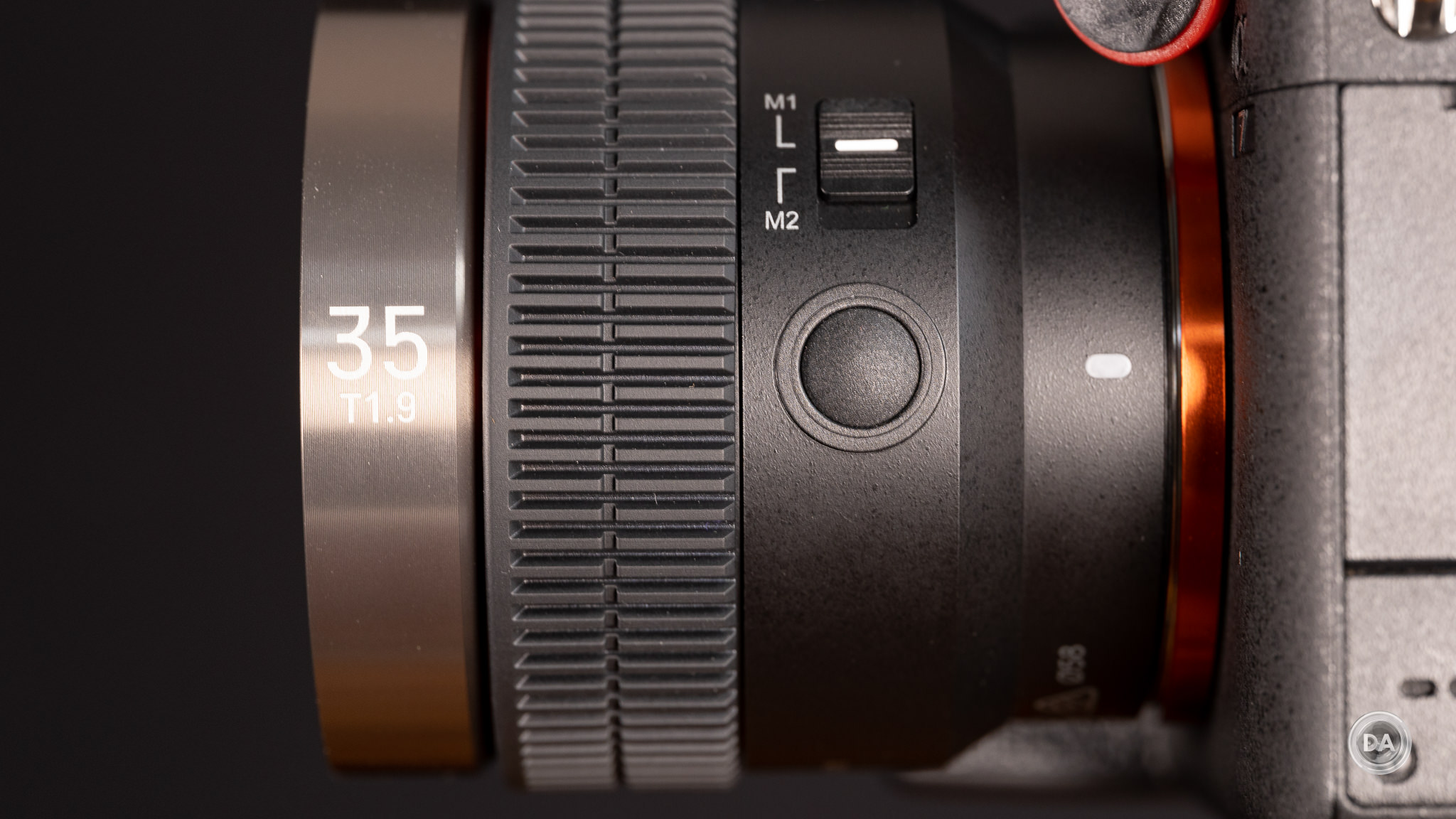
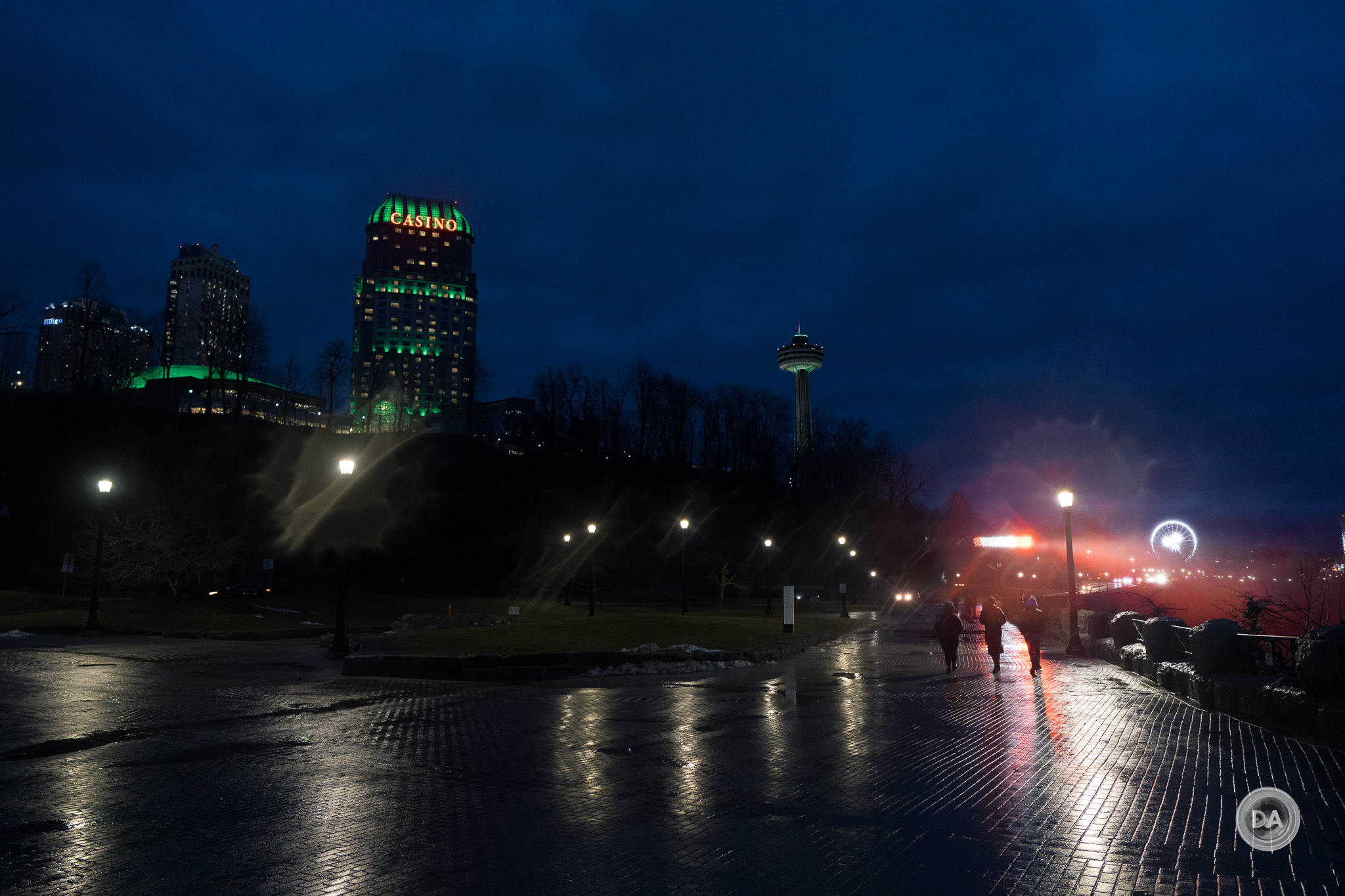
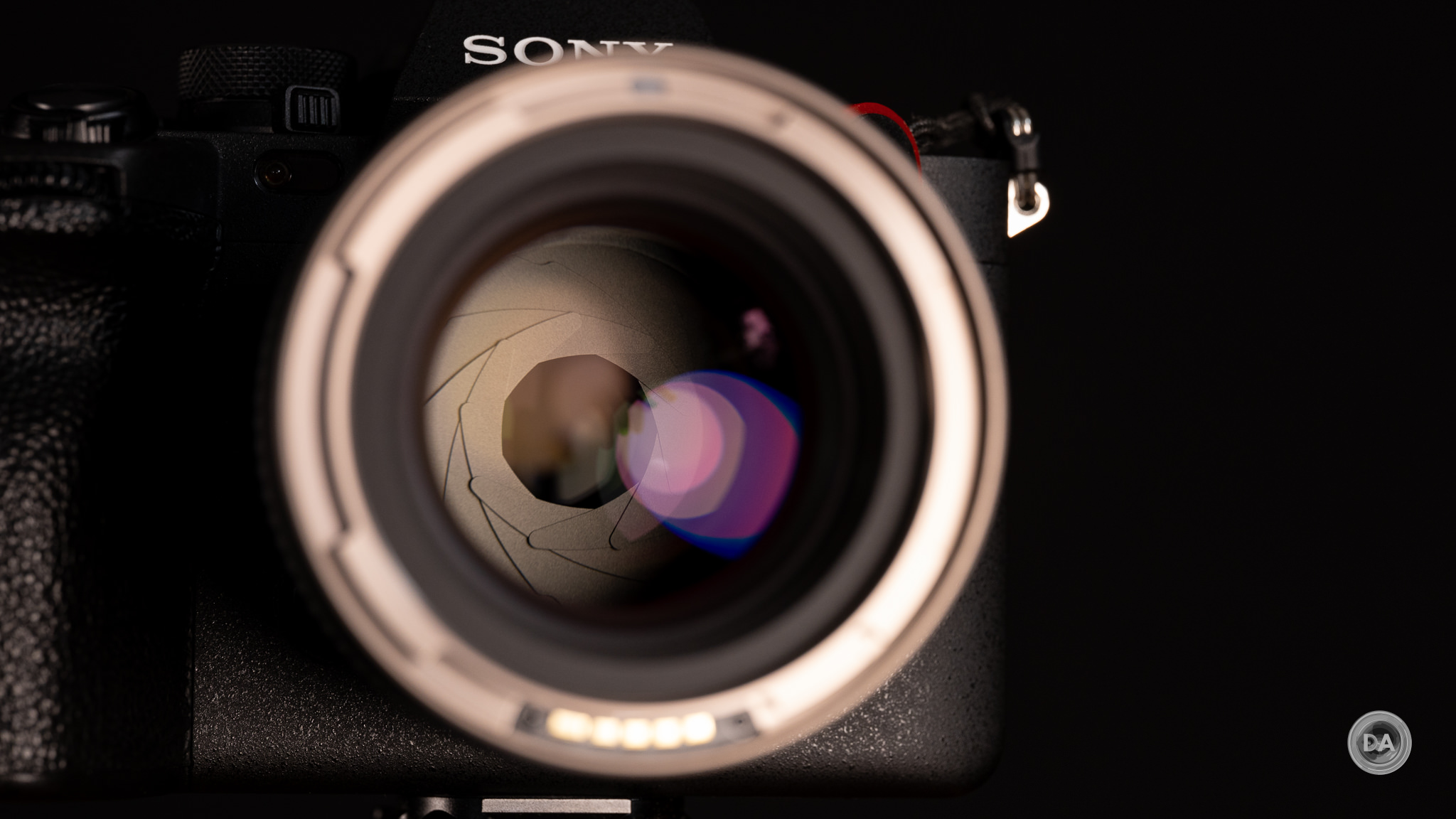


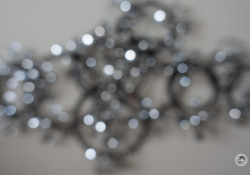
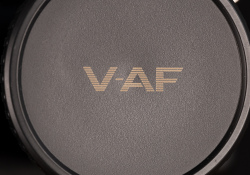
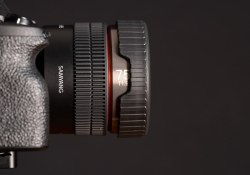

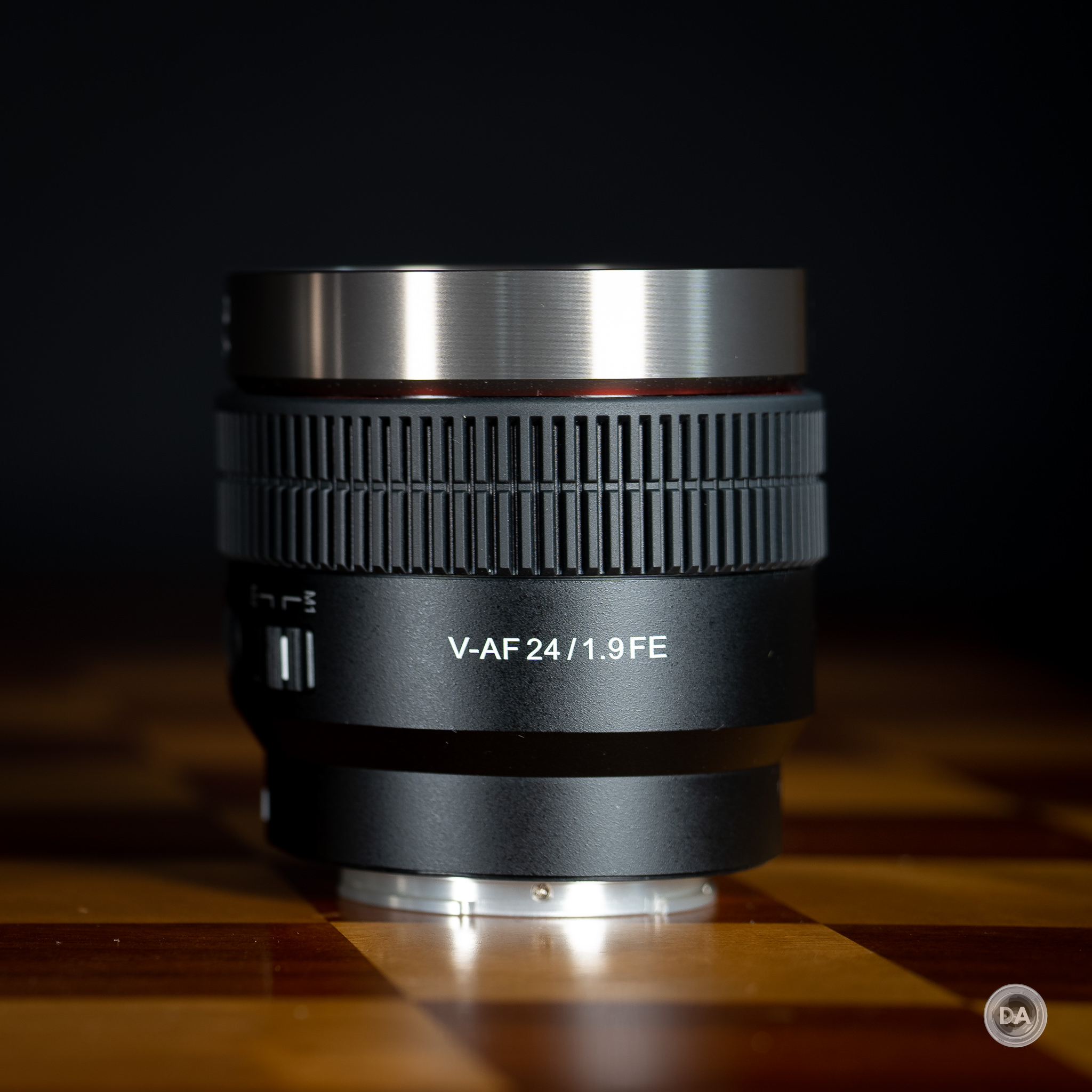
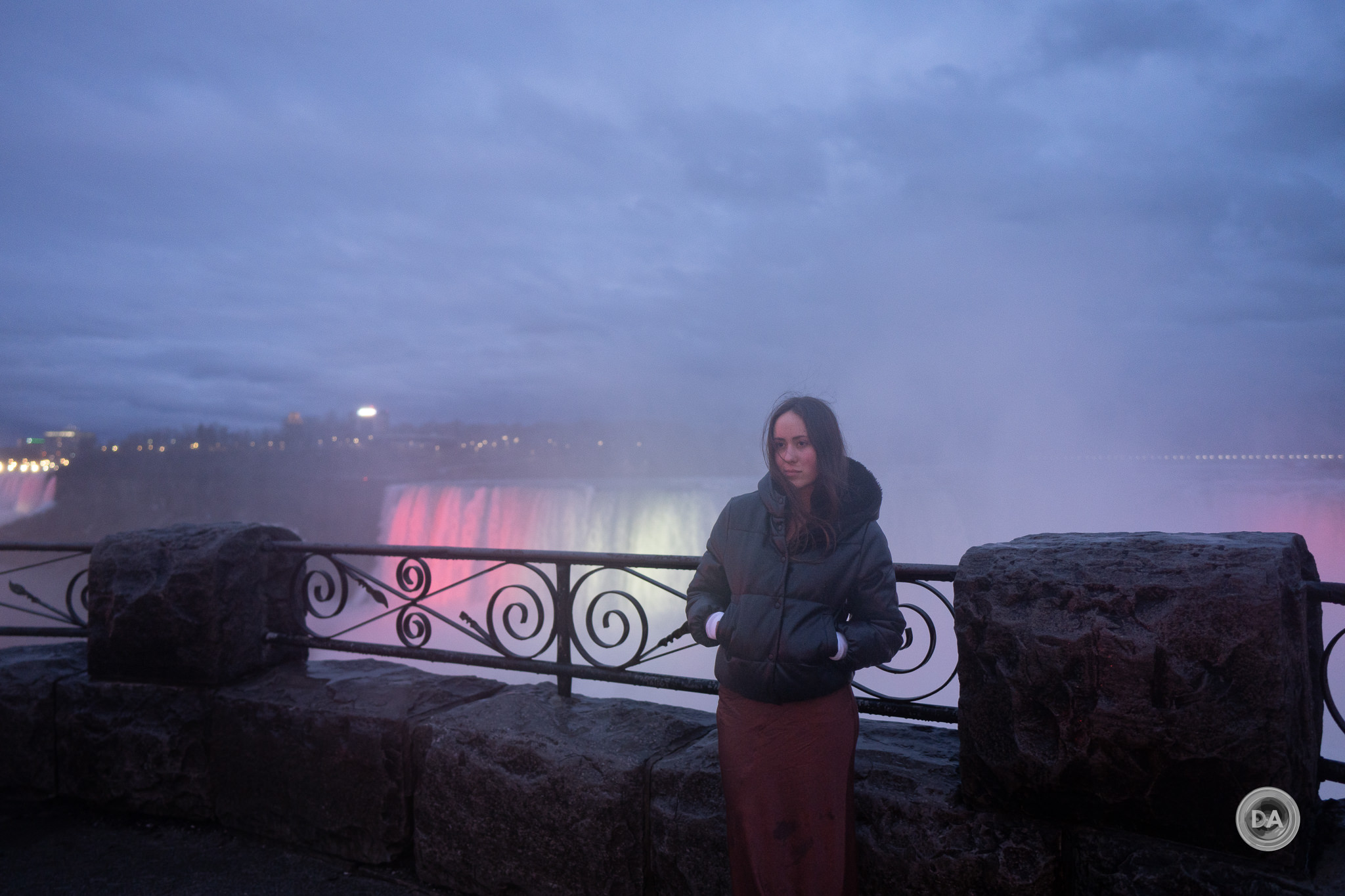

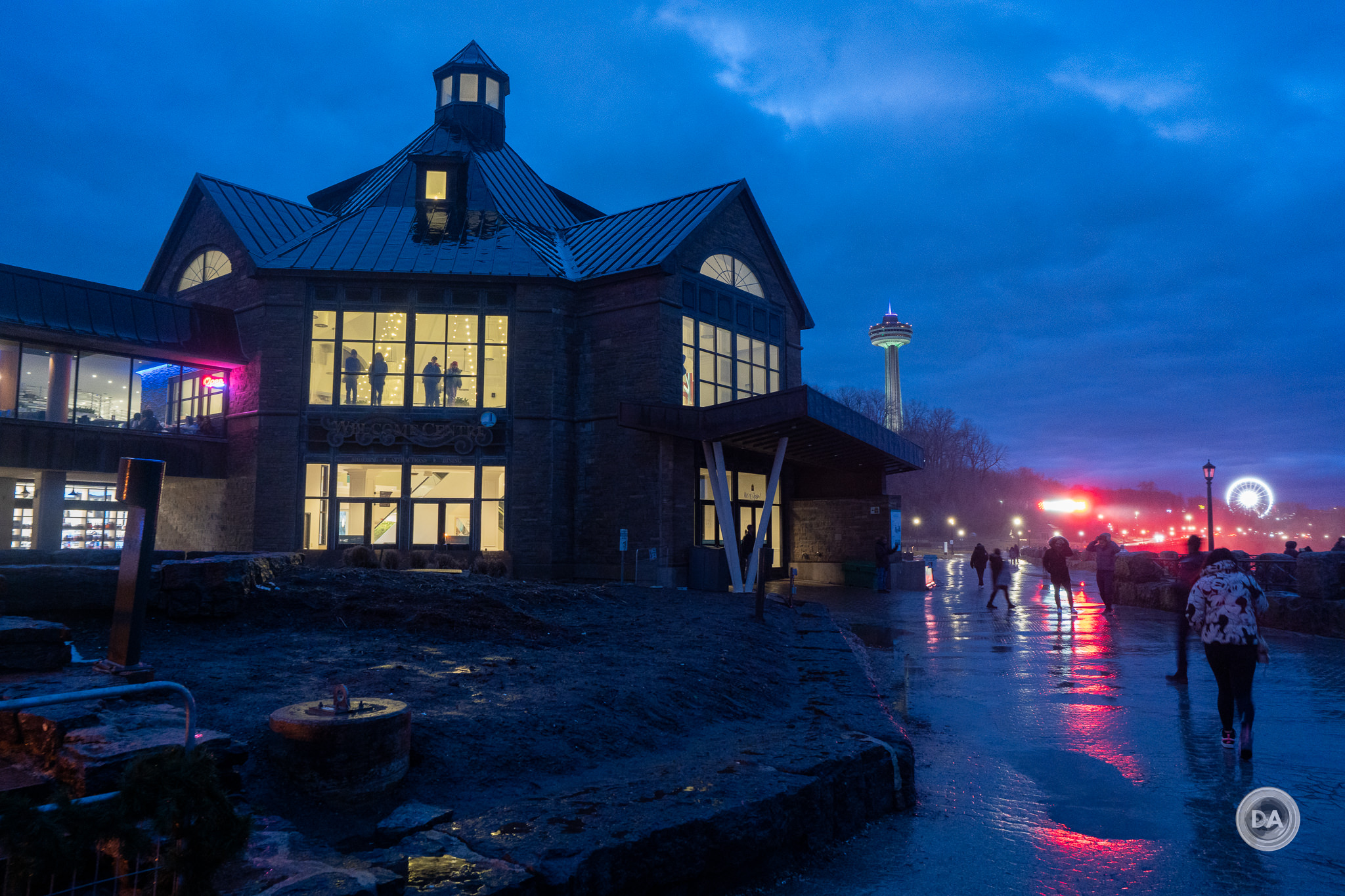
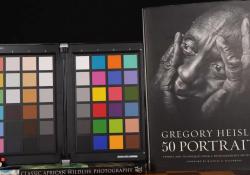
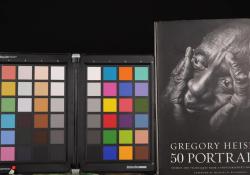
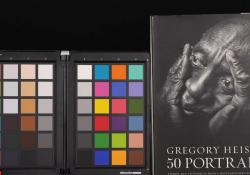
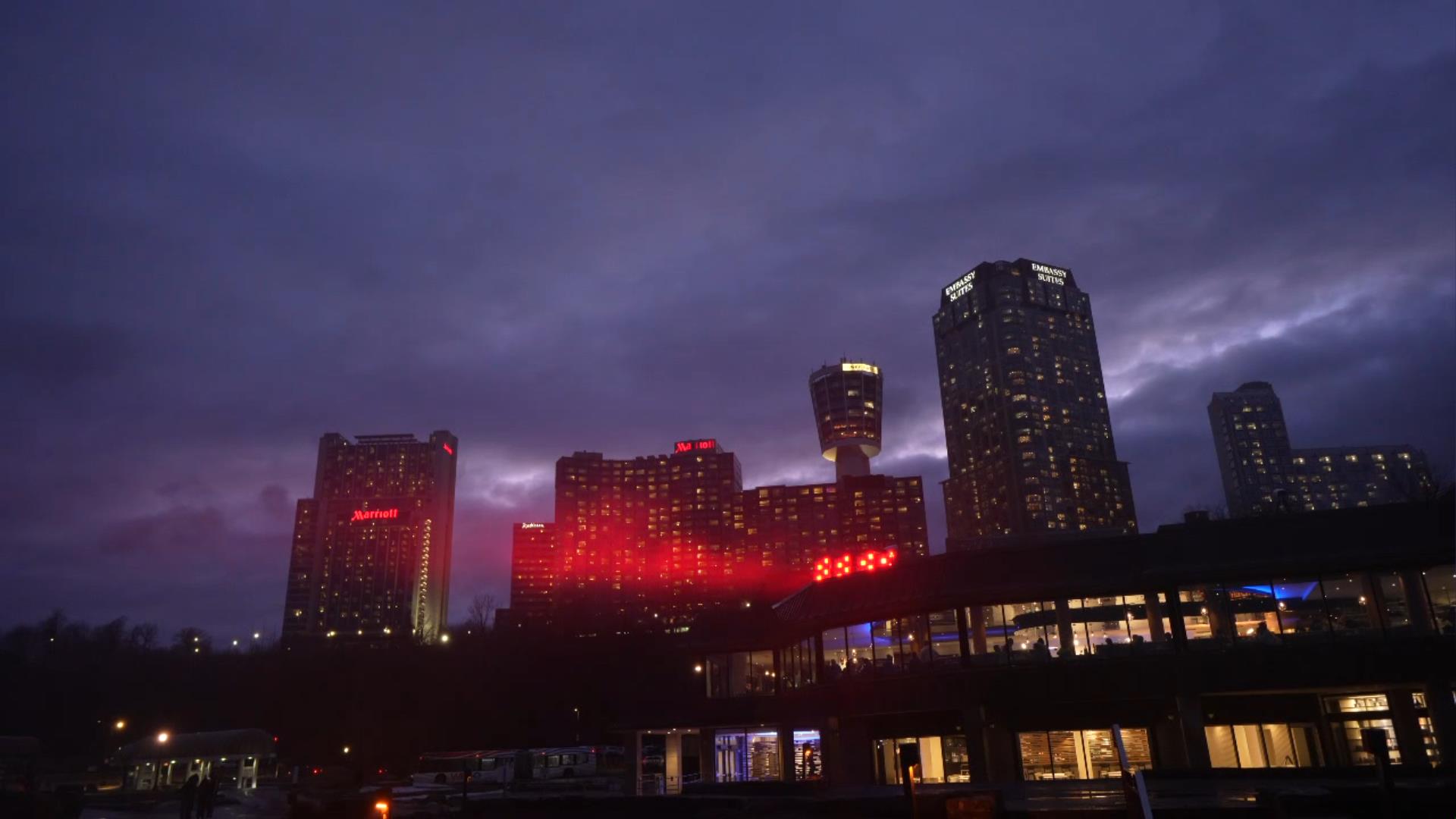
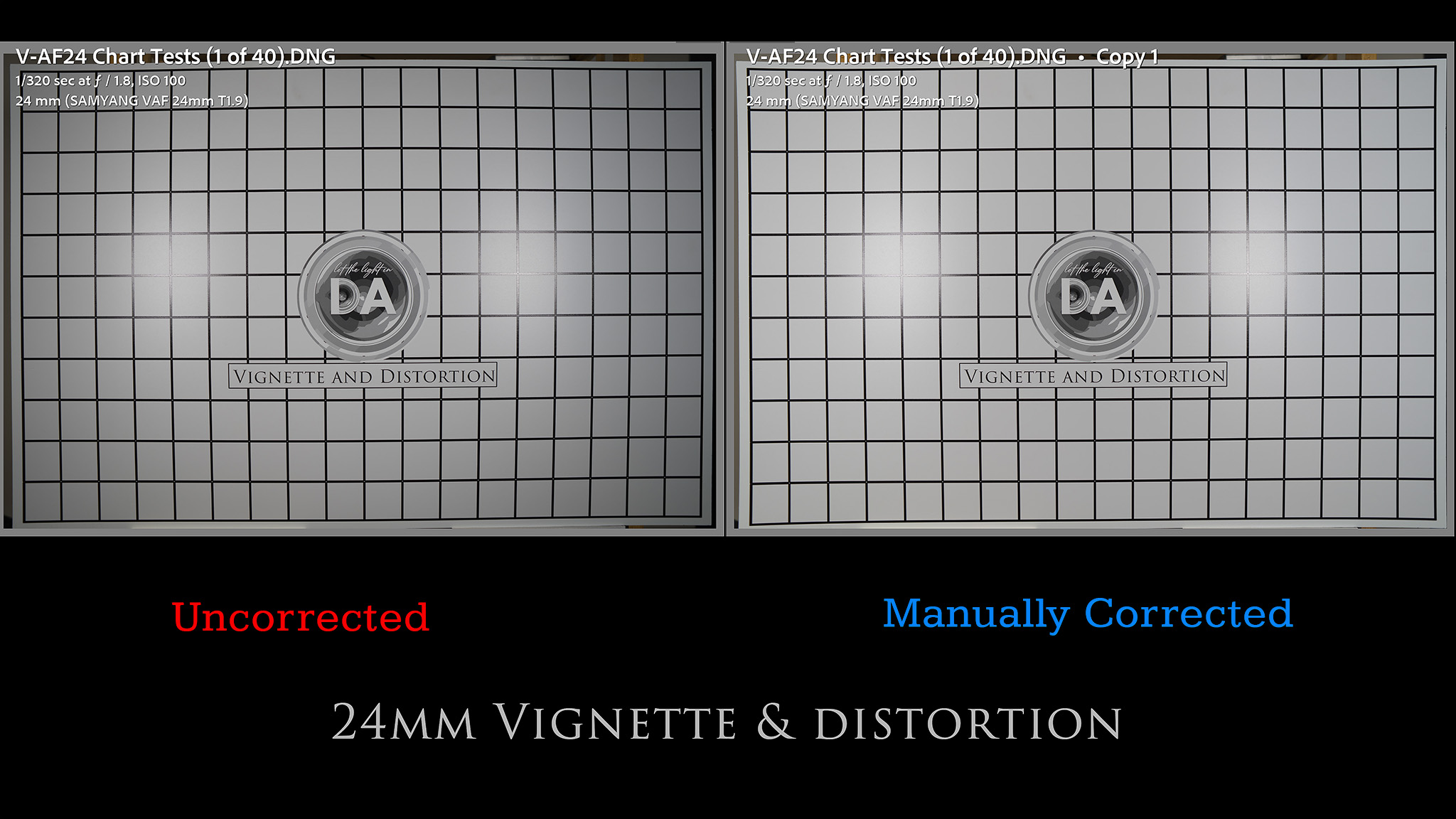




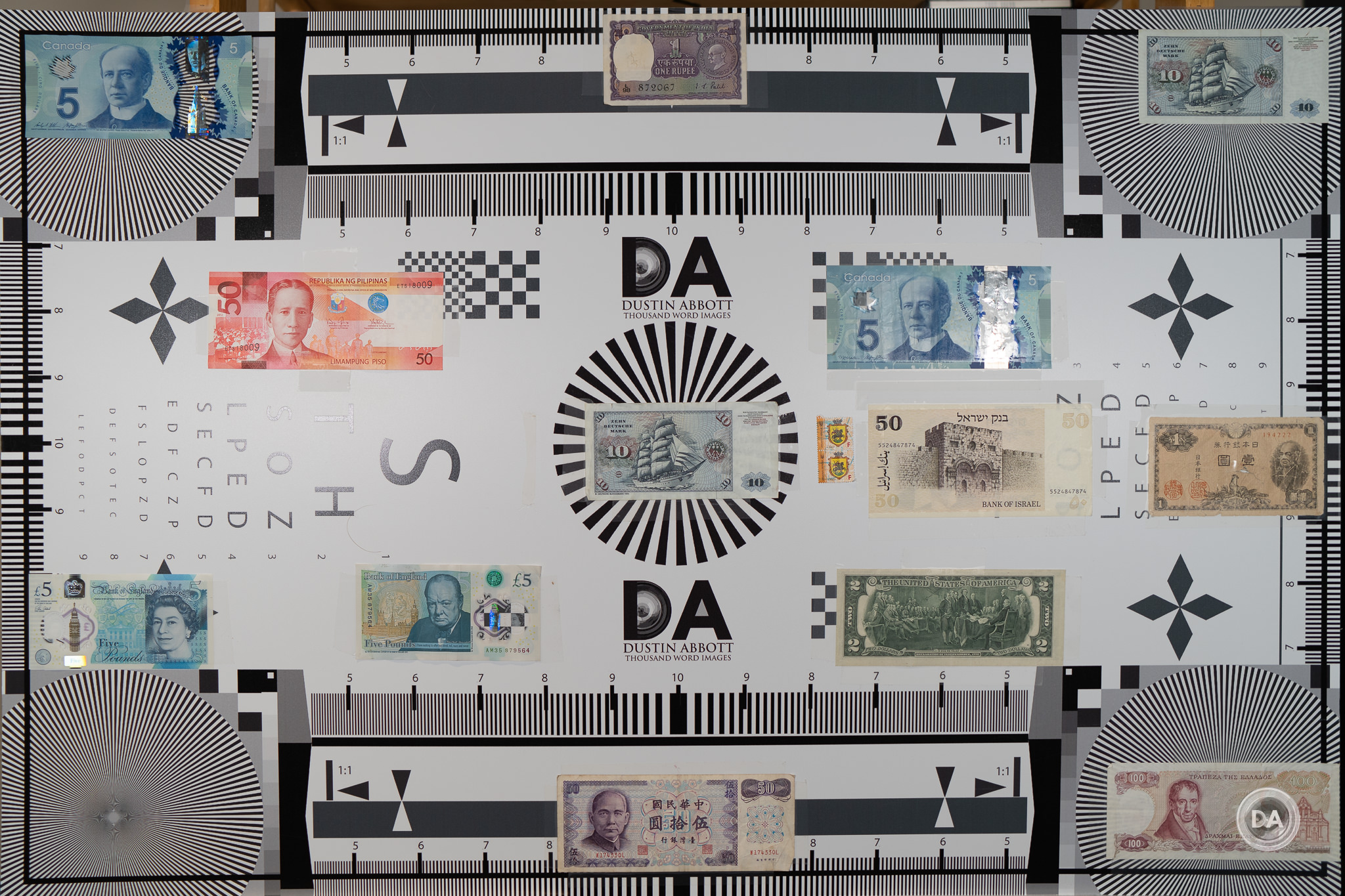




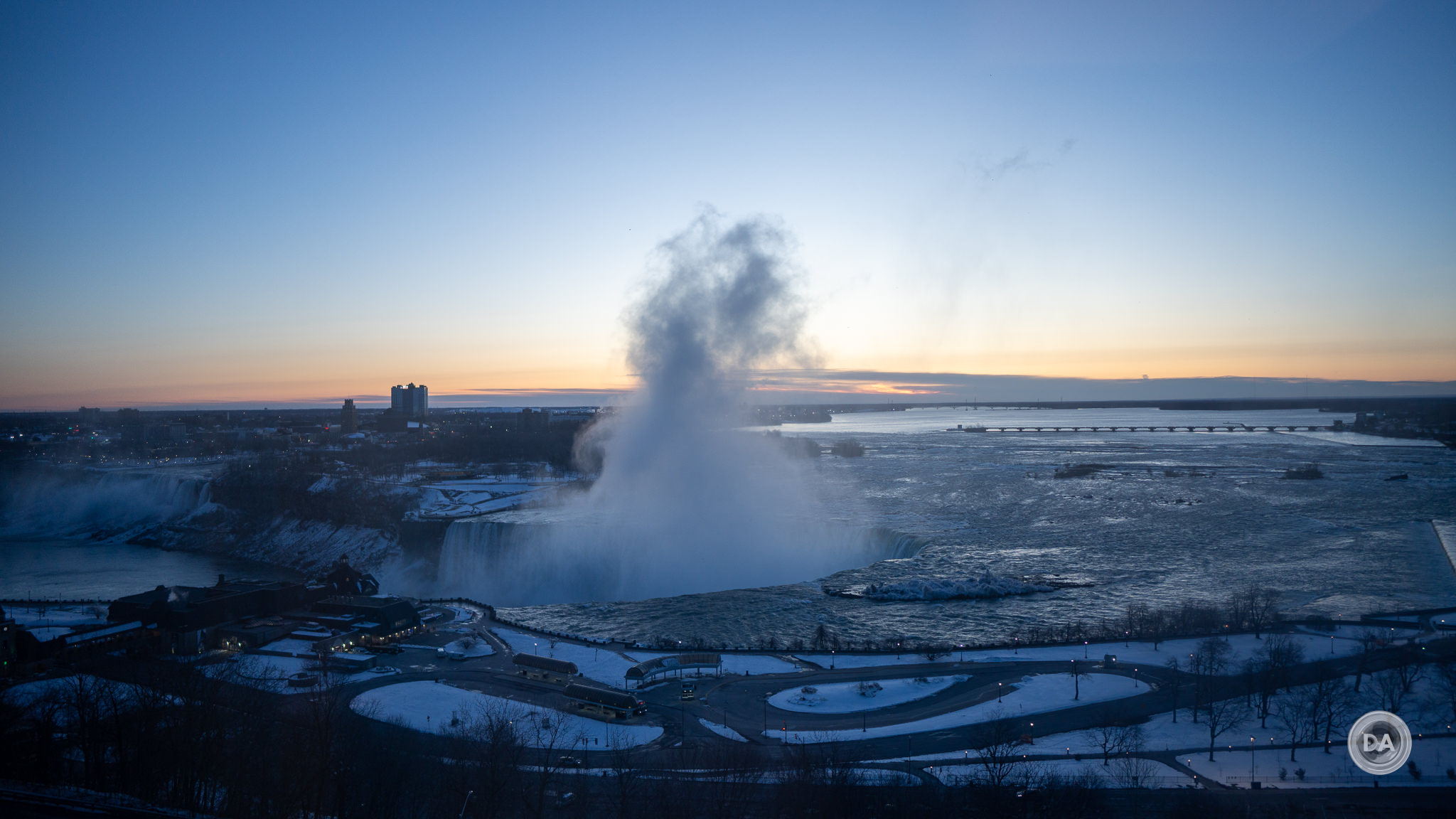


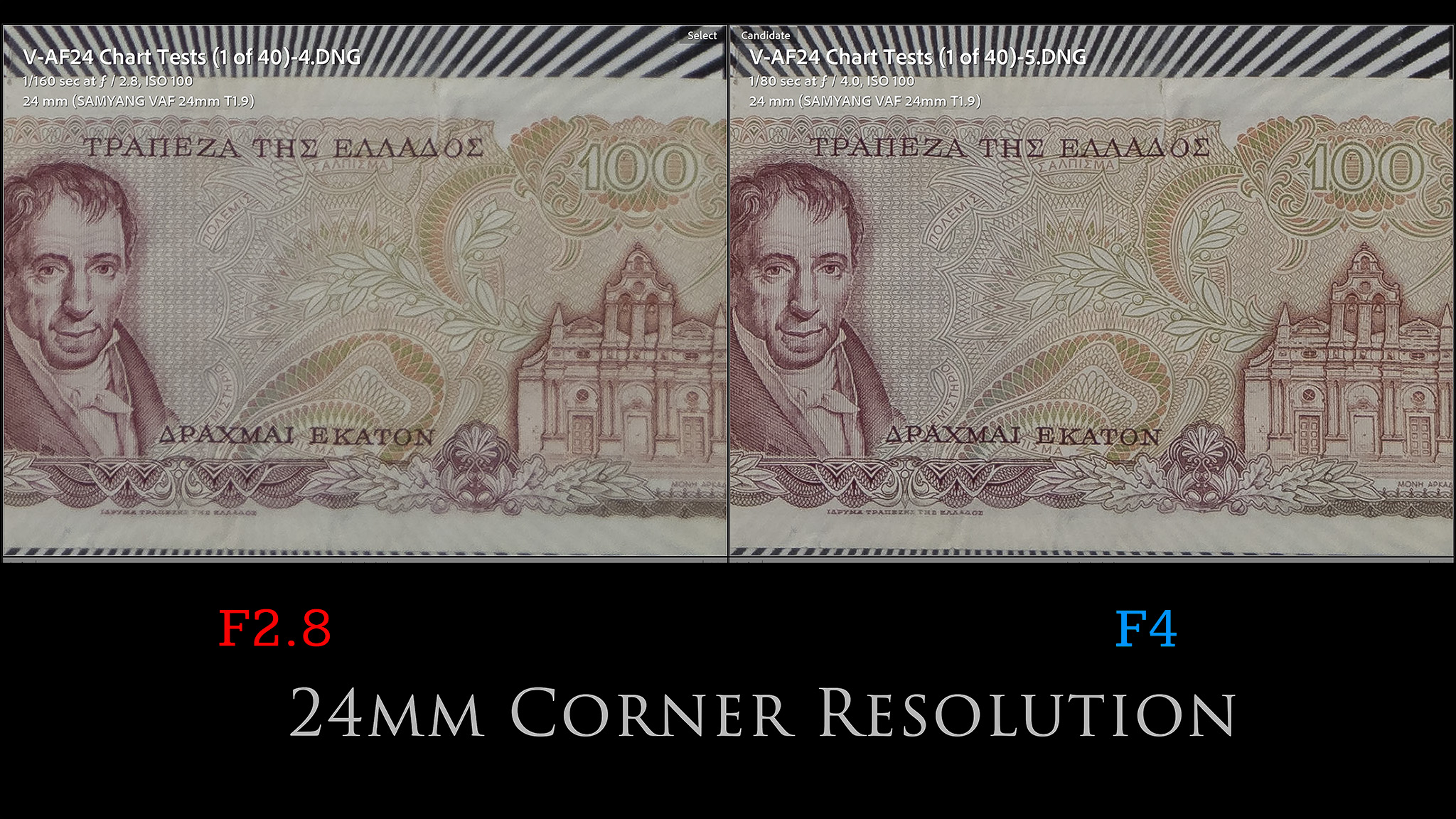



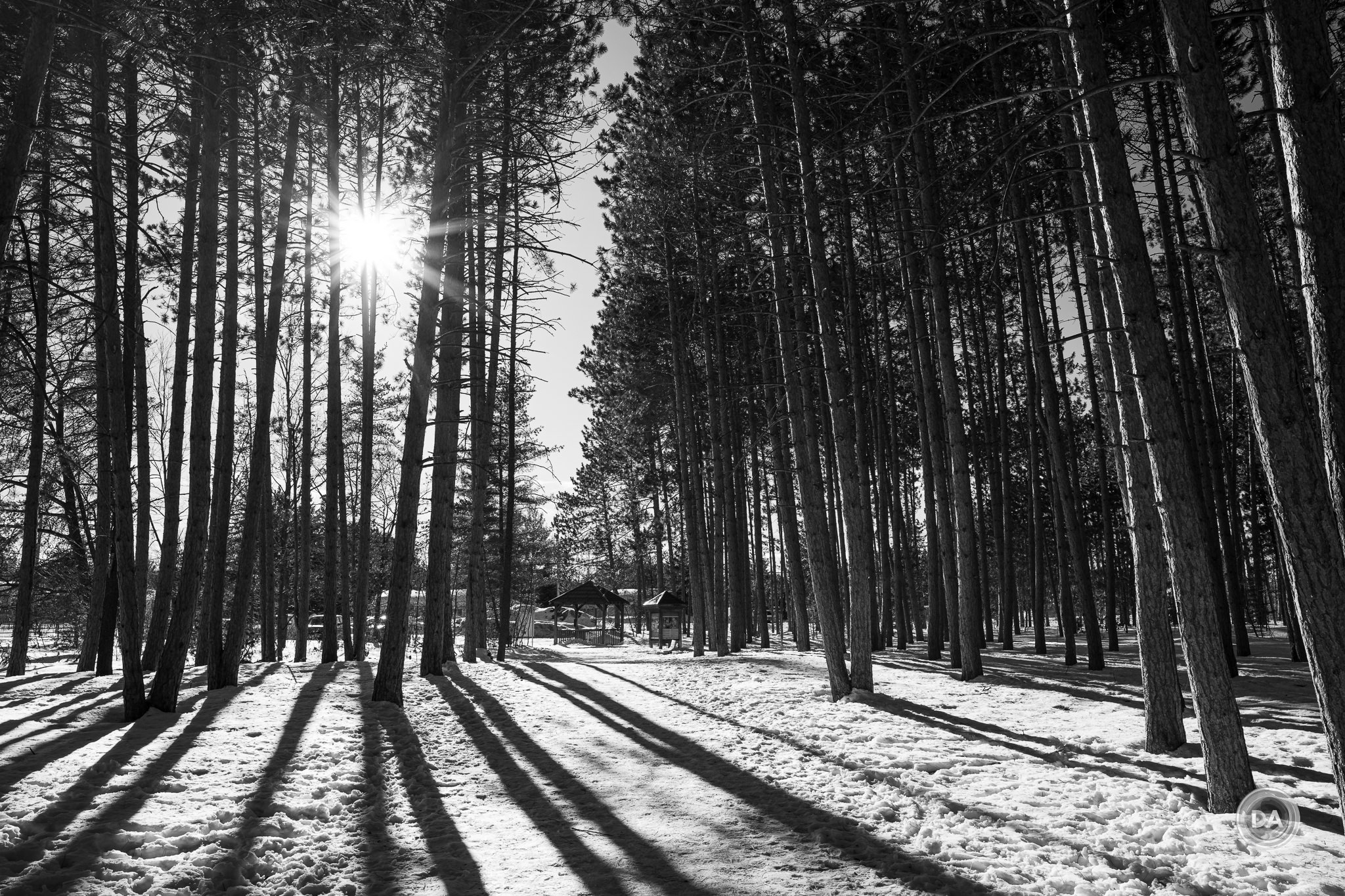
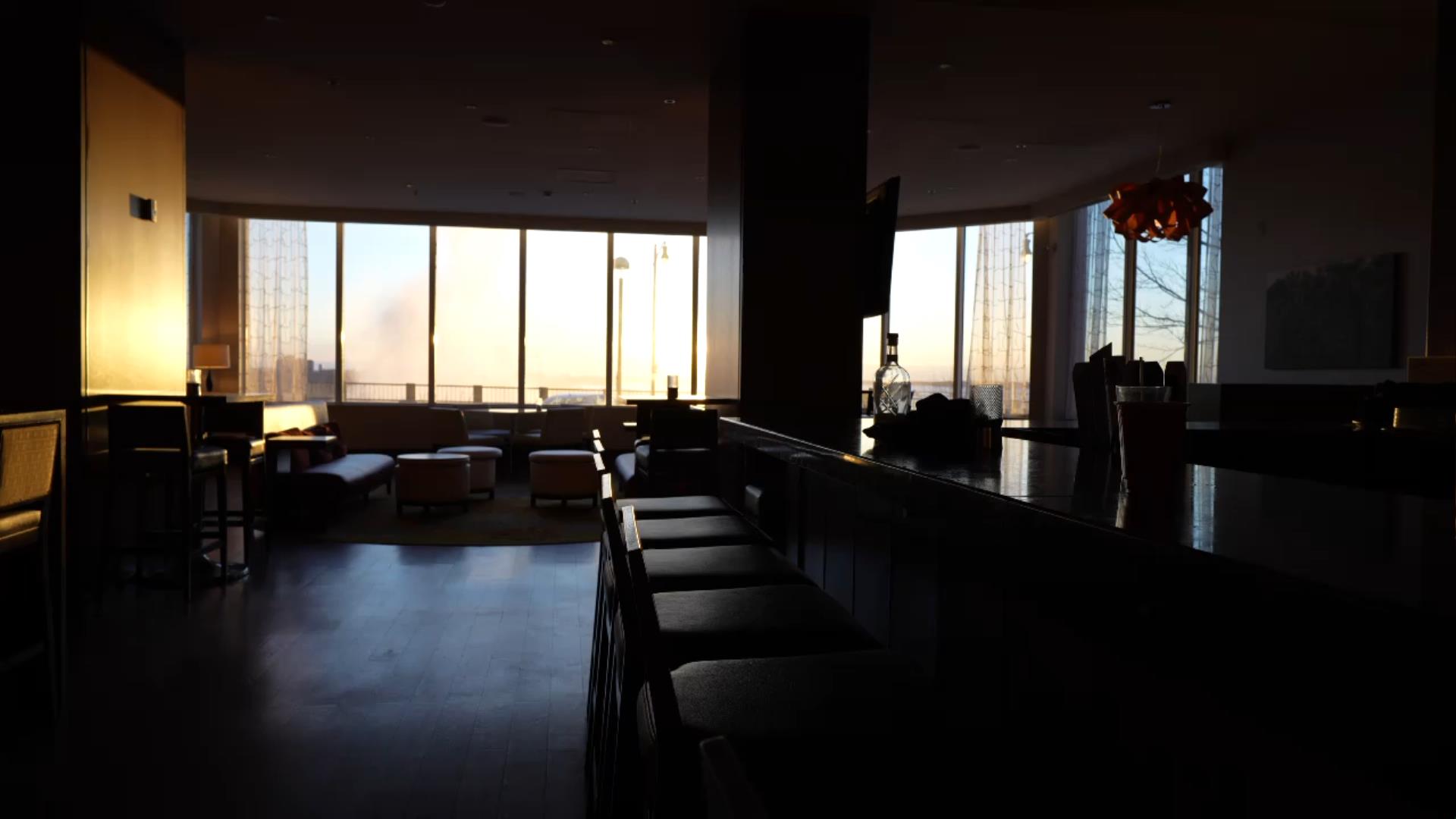
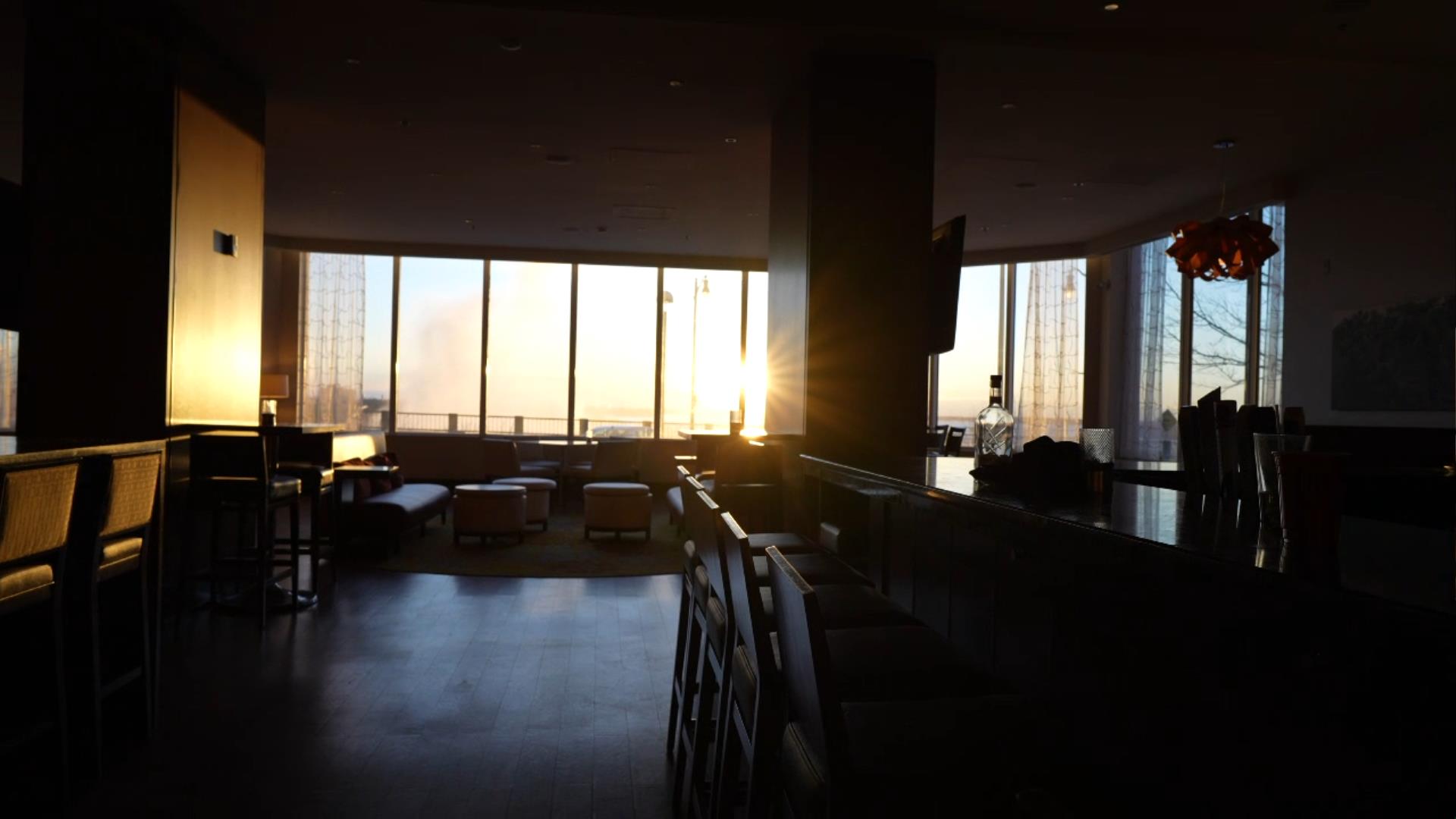


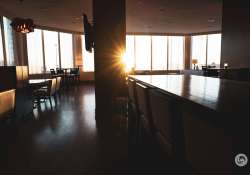
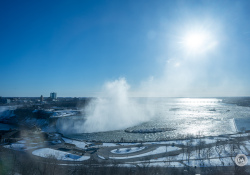





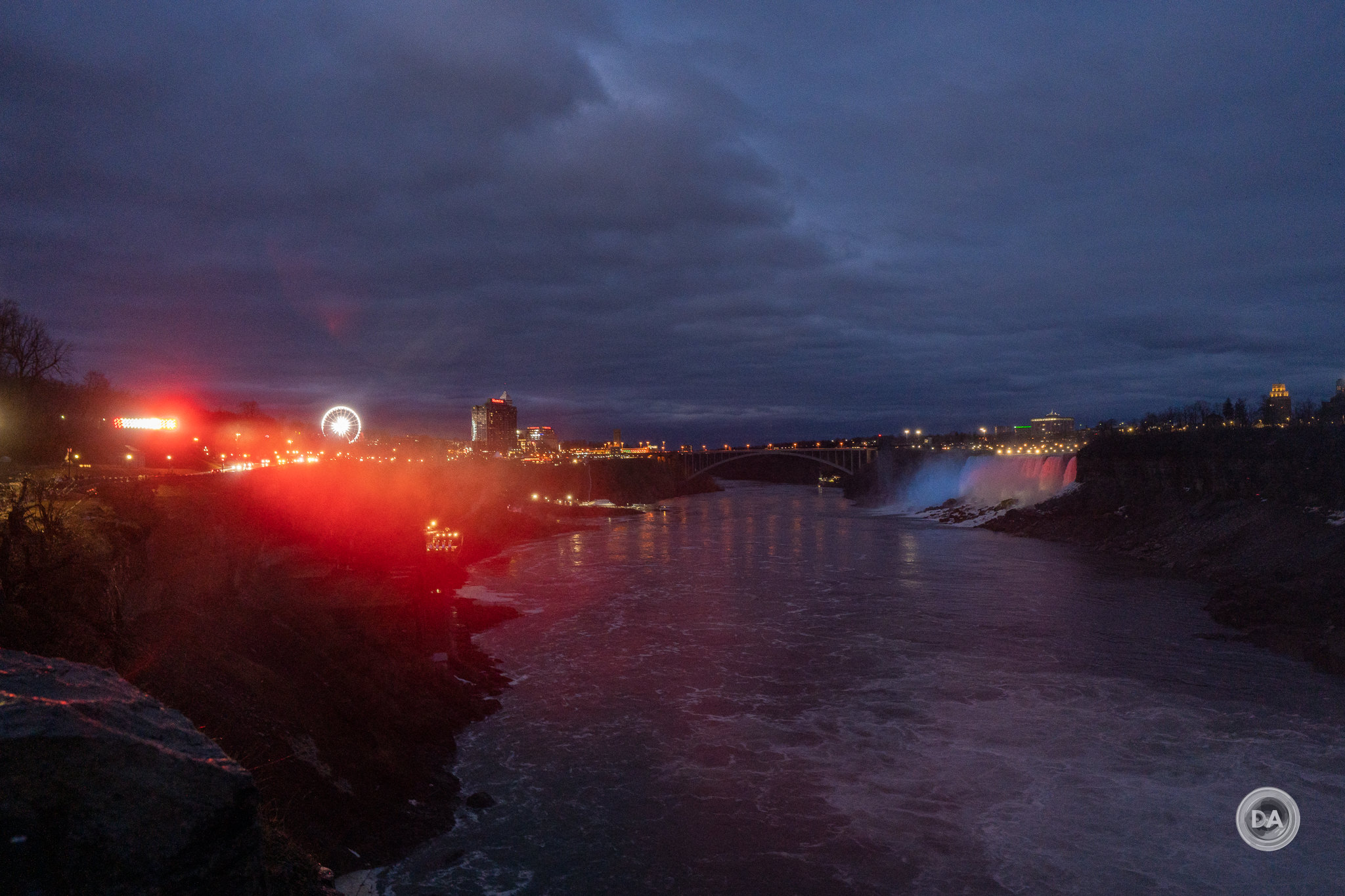

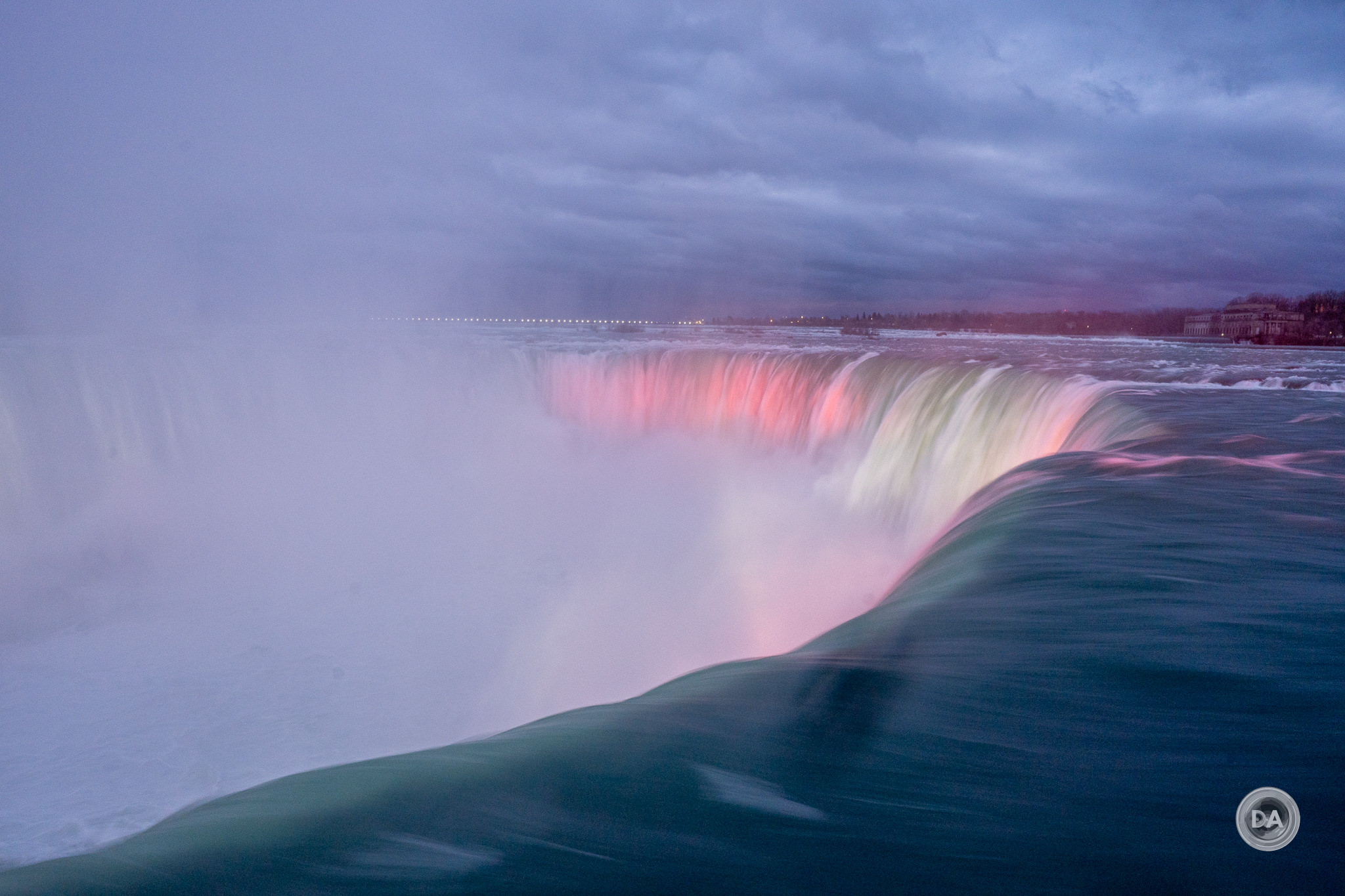
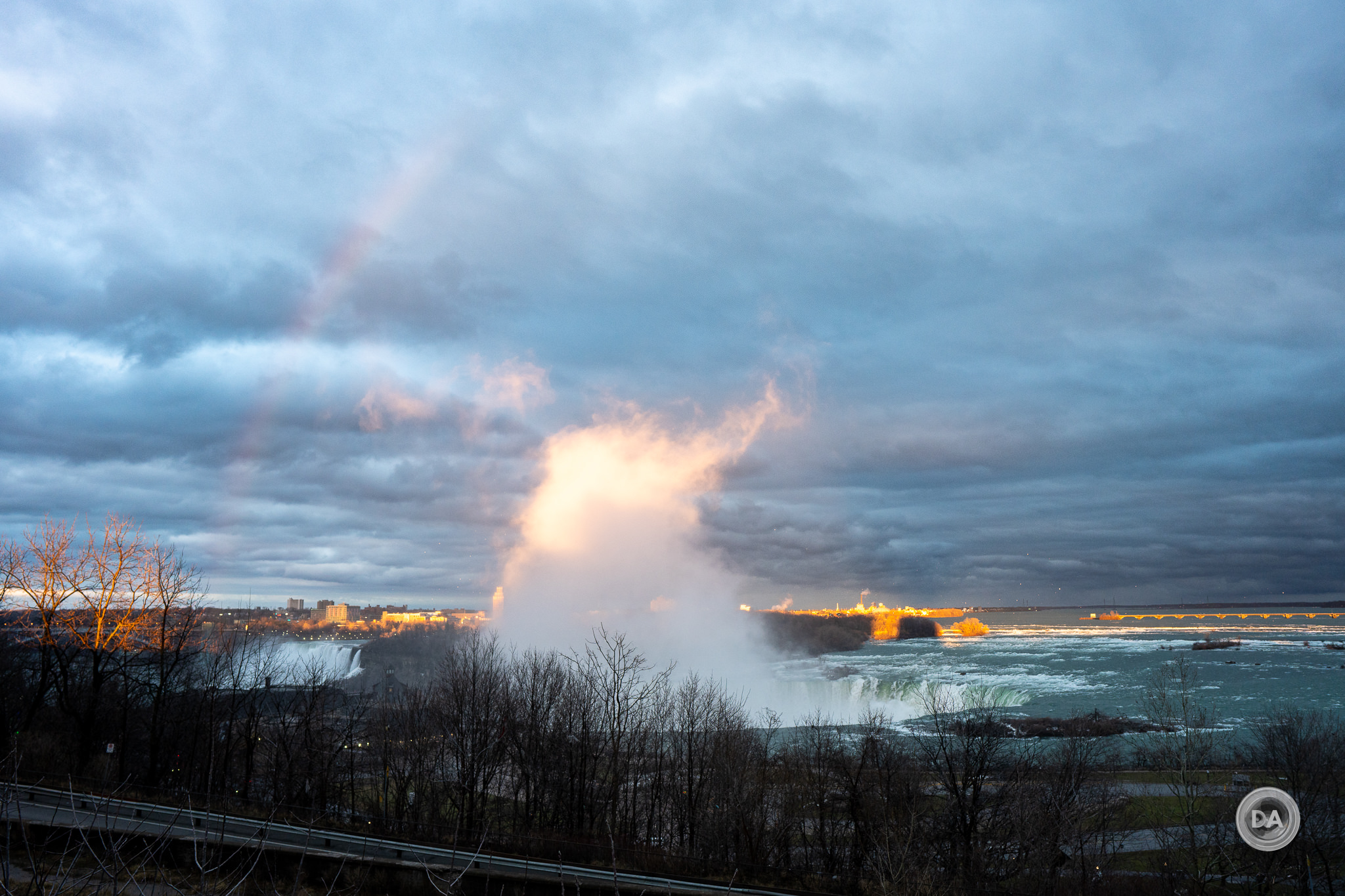
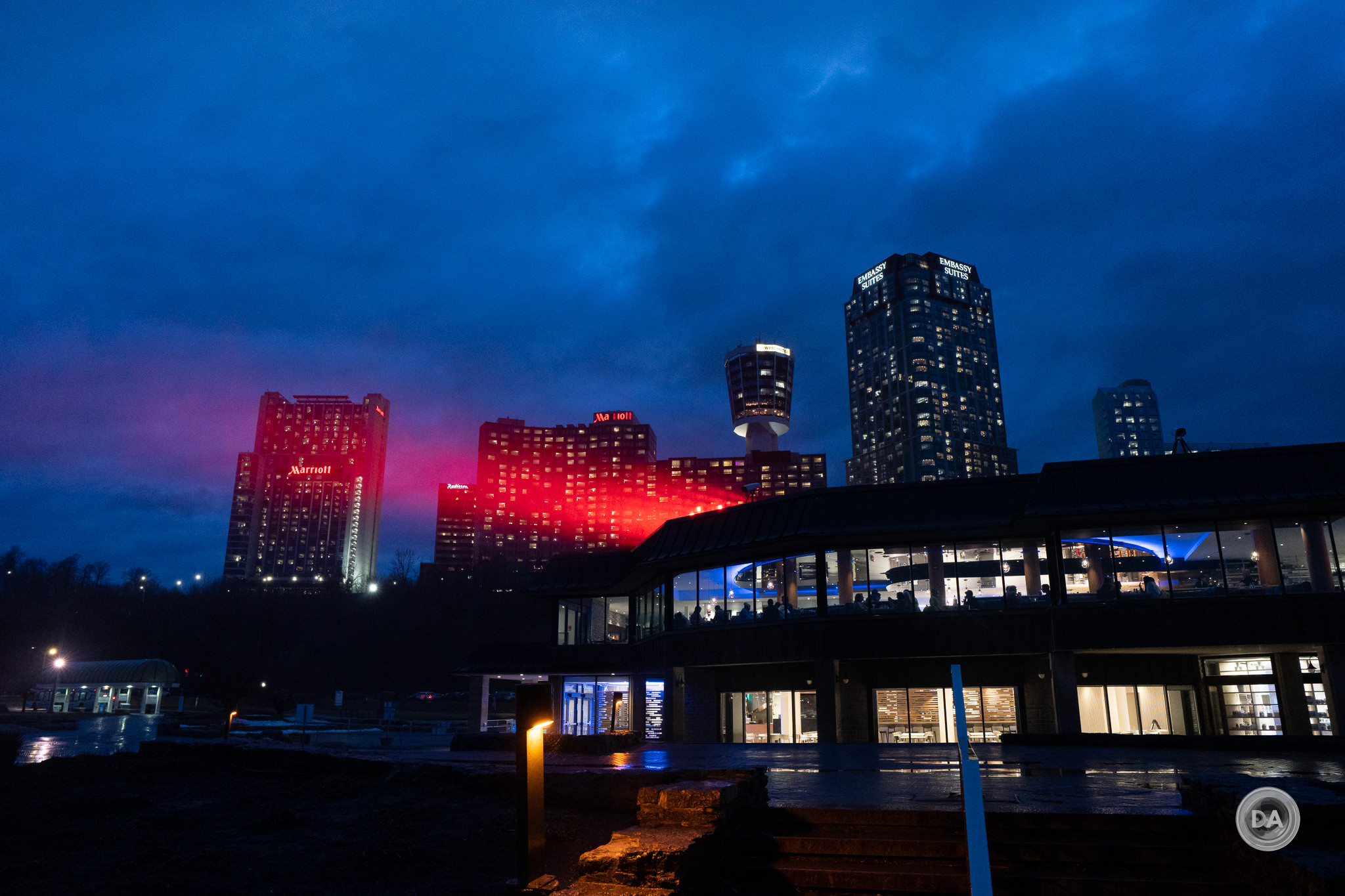
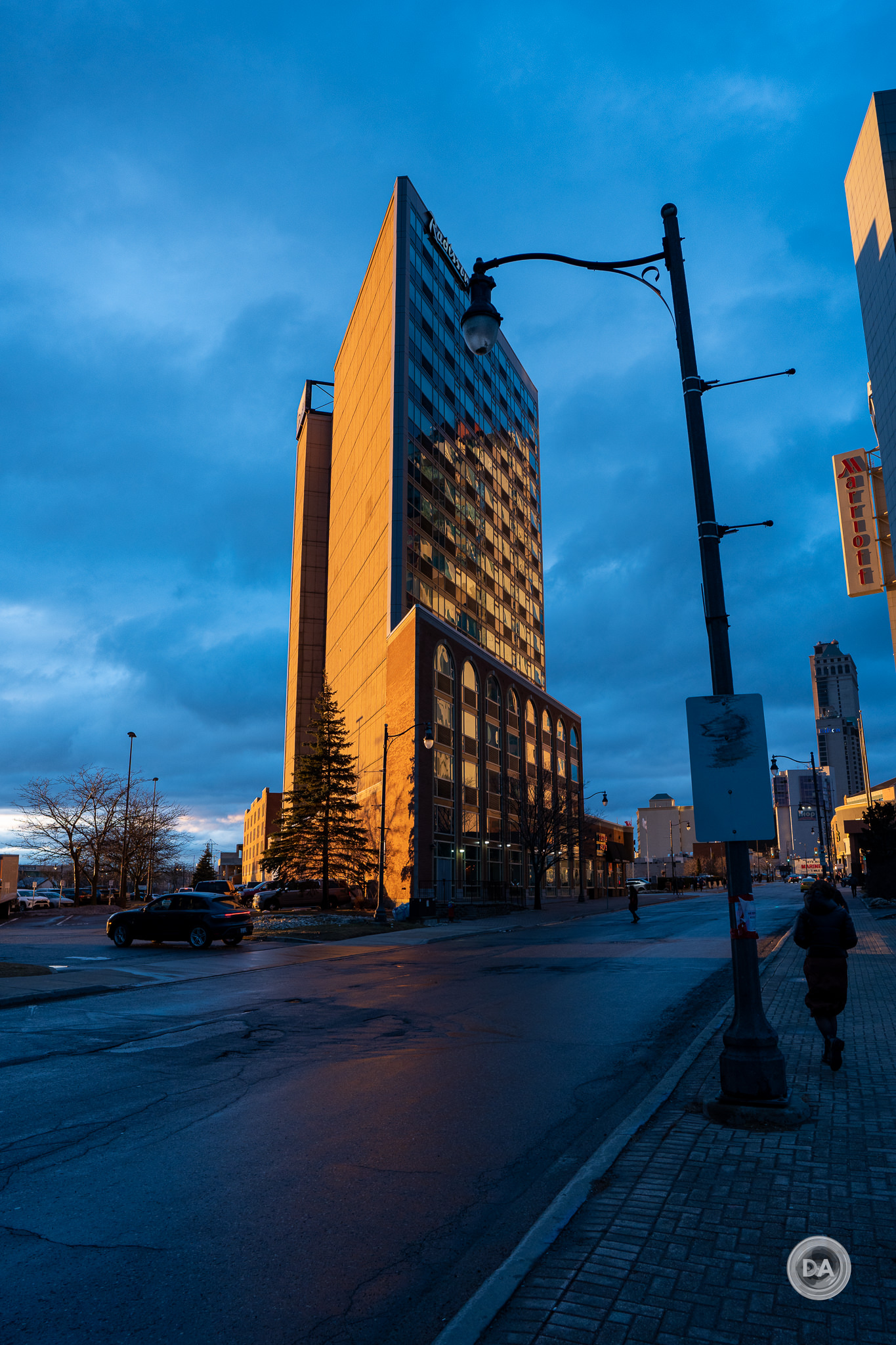
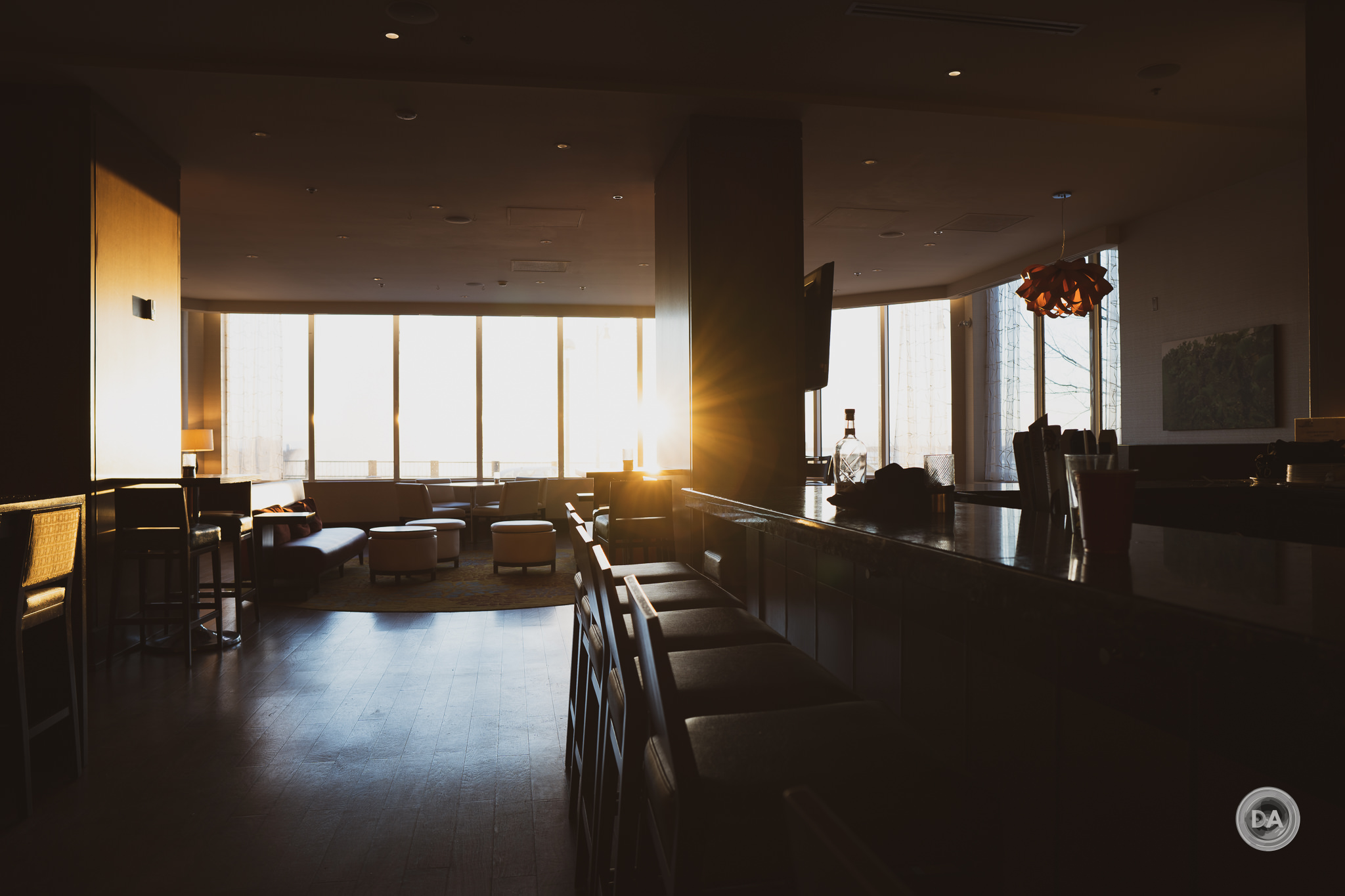






 Sirui Sniper 75mm F1.2 Review
Sirui Sniper 75mm F1.2 Review  Sirui Sniper 75mm F1.2 Gallery
Sirui Sniper 75mm F1.2 Gallery  Tamron 70-300mm F4.5-6.3 RXD Z-mount Review
Tamron 70-300mm F4.5-6.3 RXD Z-mount Review 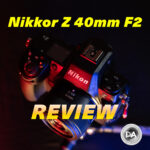 Nikkor Z 40mm F2 Review
Nikkor Z 40mm F2 Review 






One thought on “Samyang V-AF 24mm T1.9 Review”